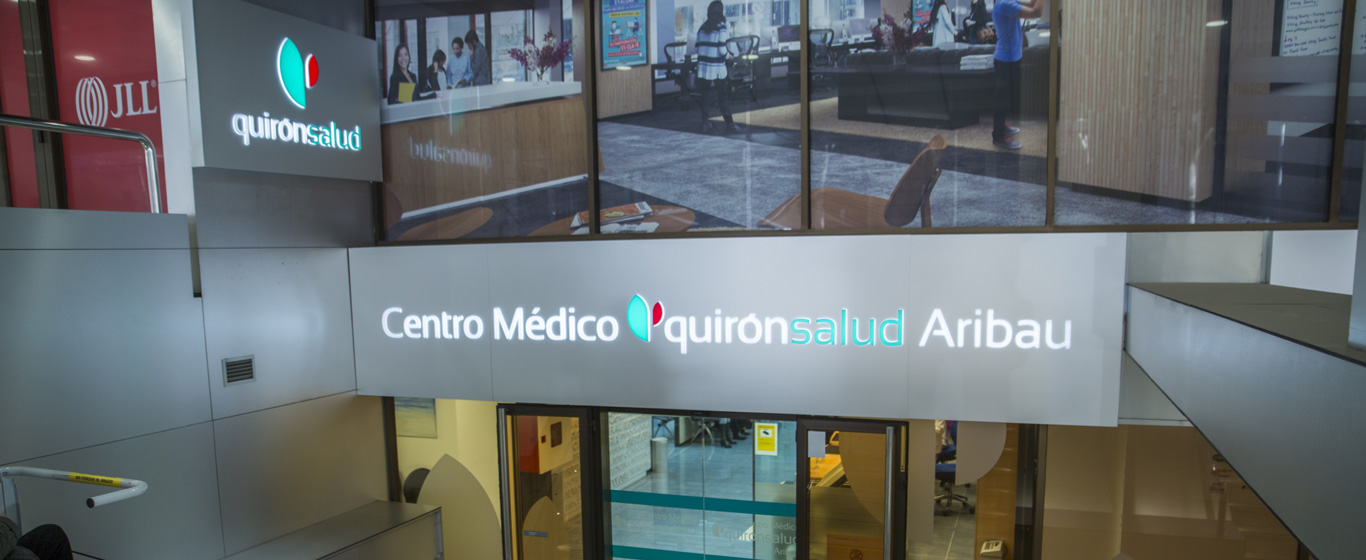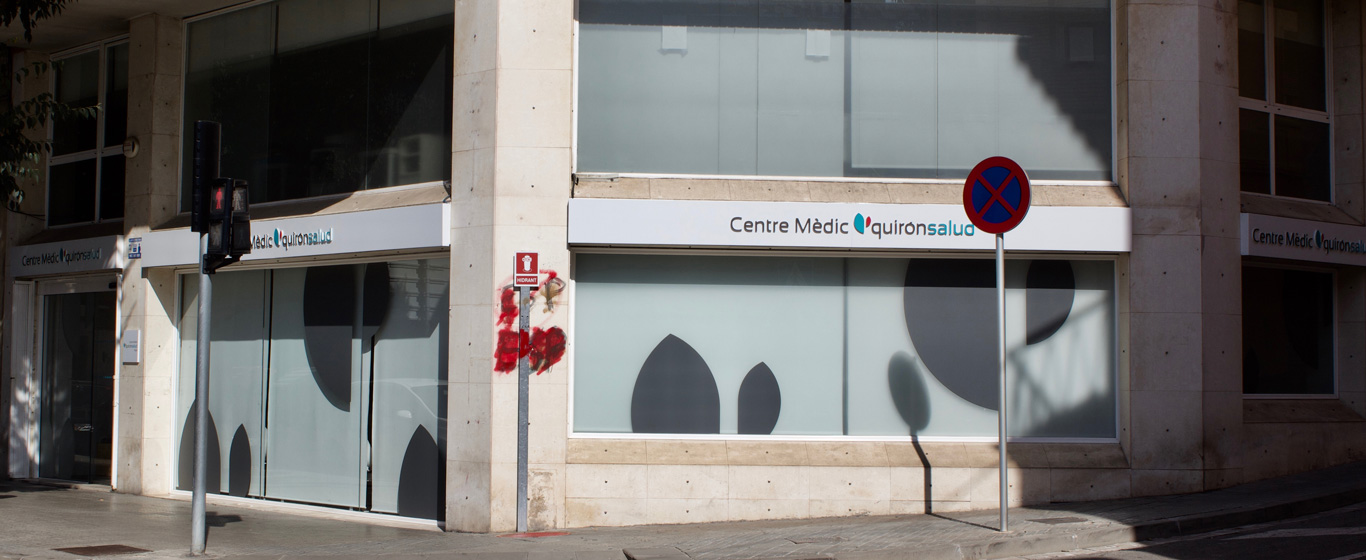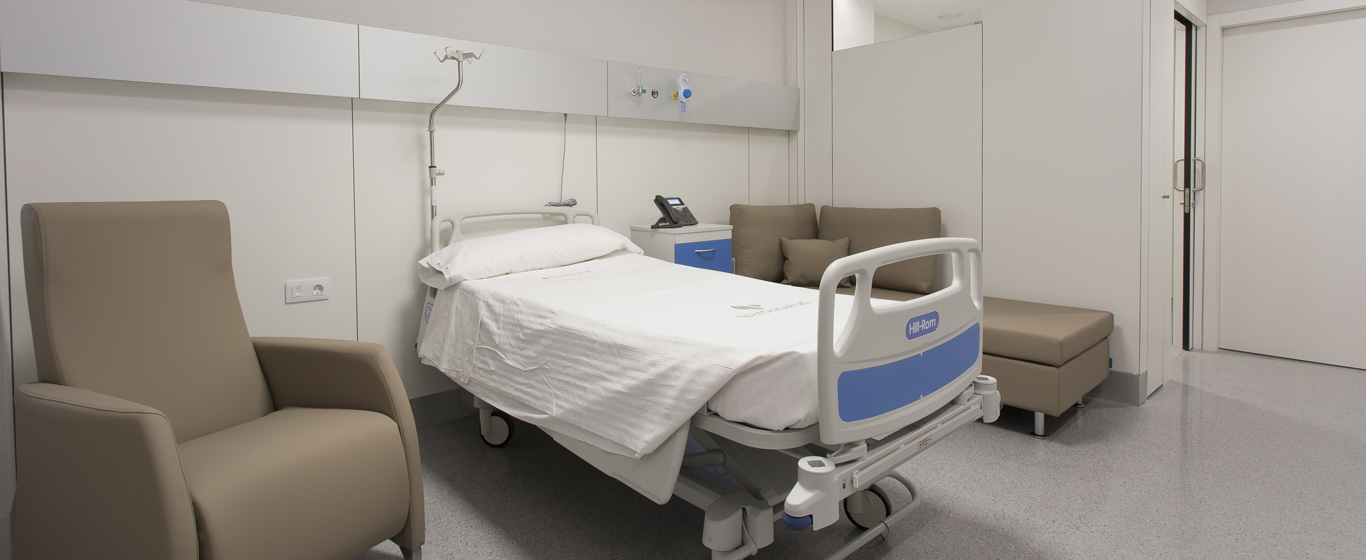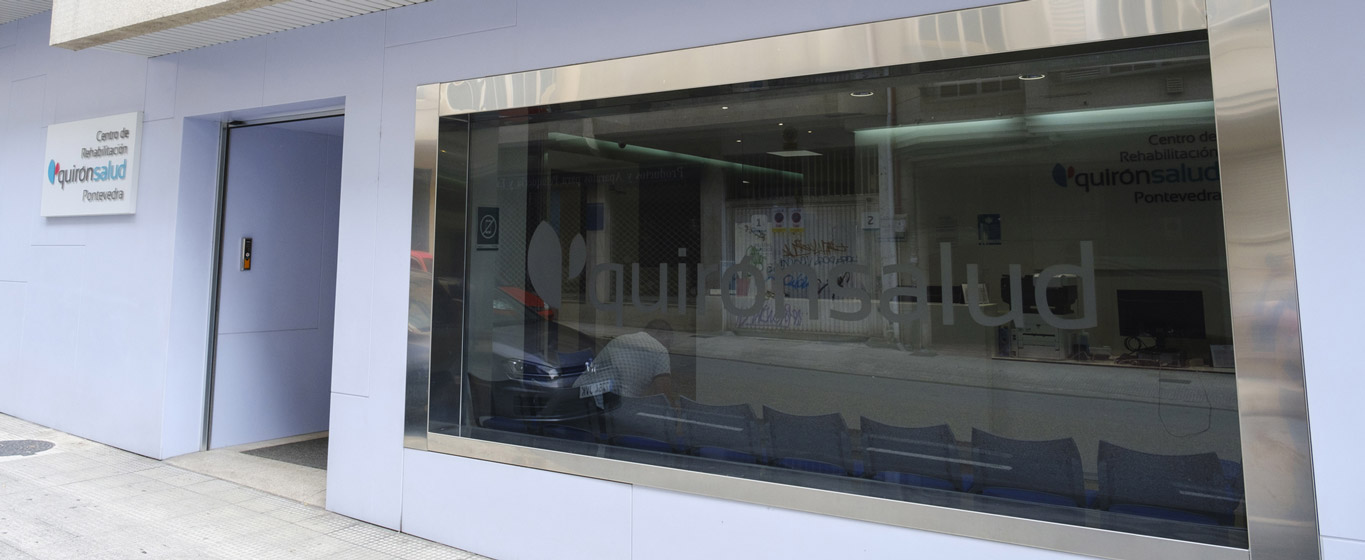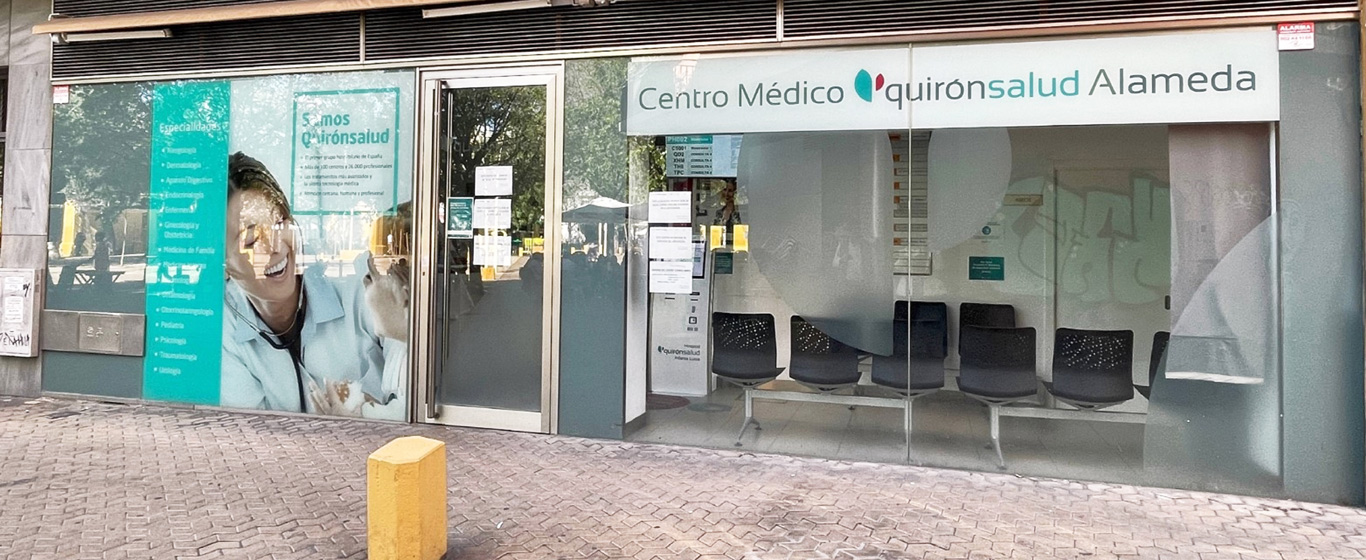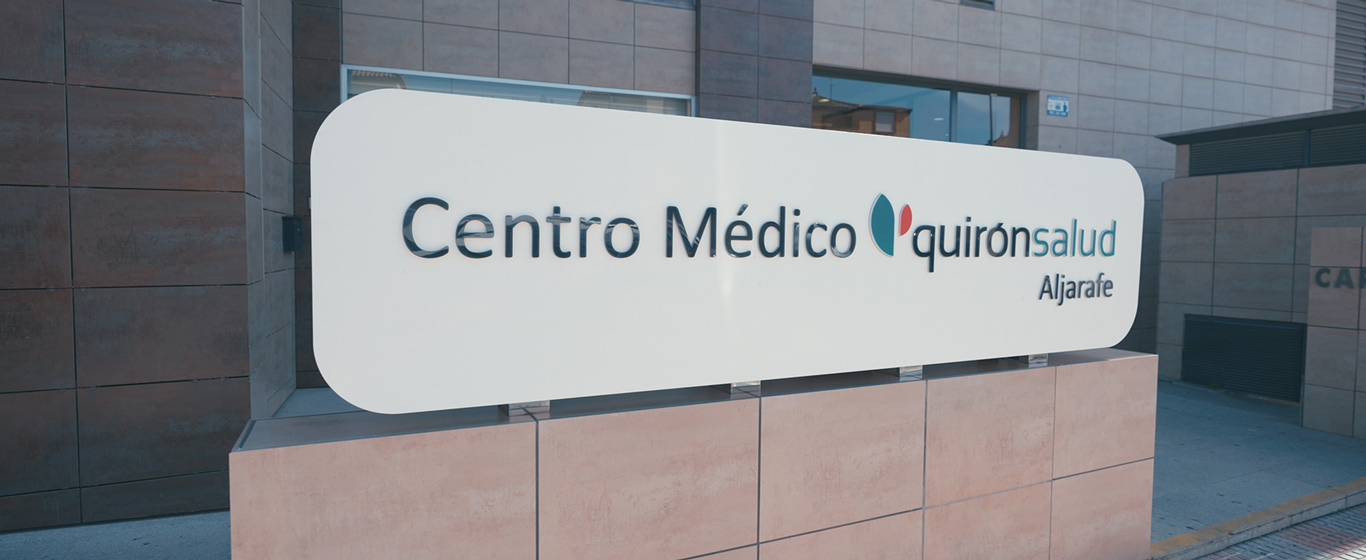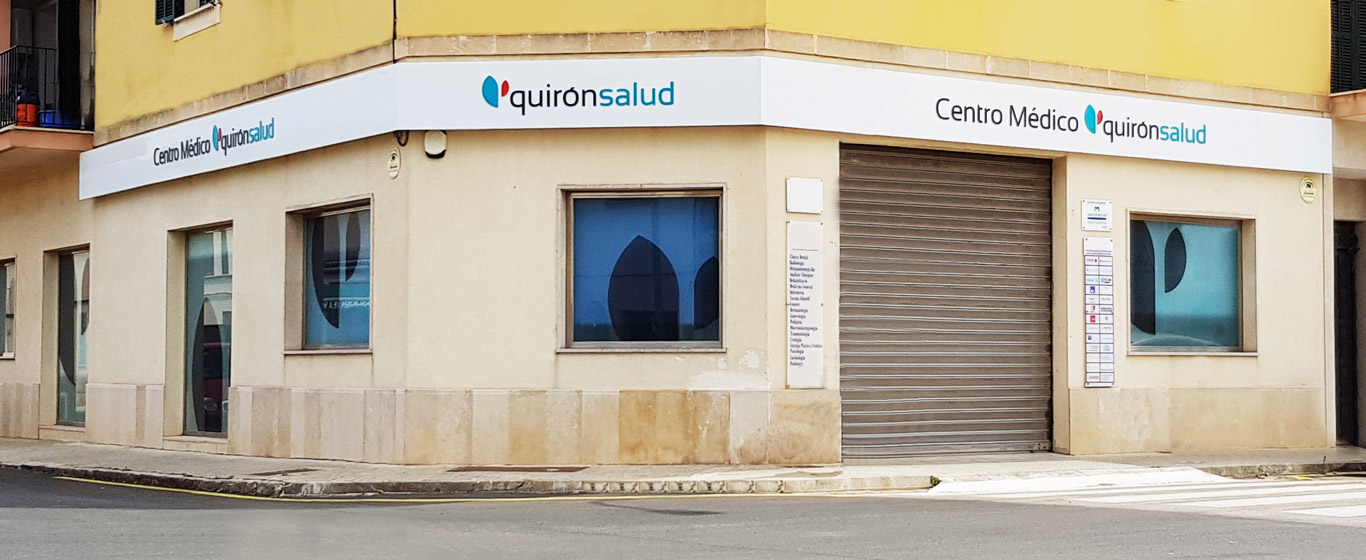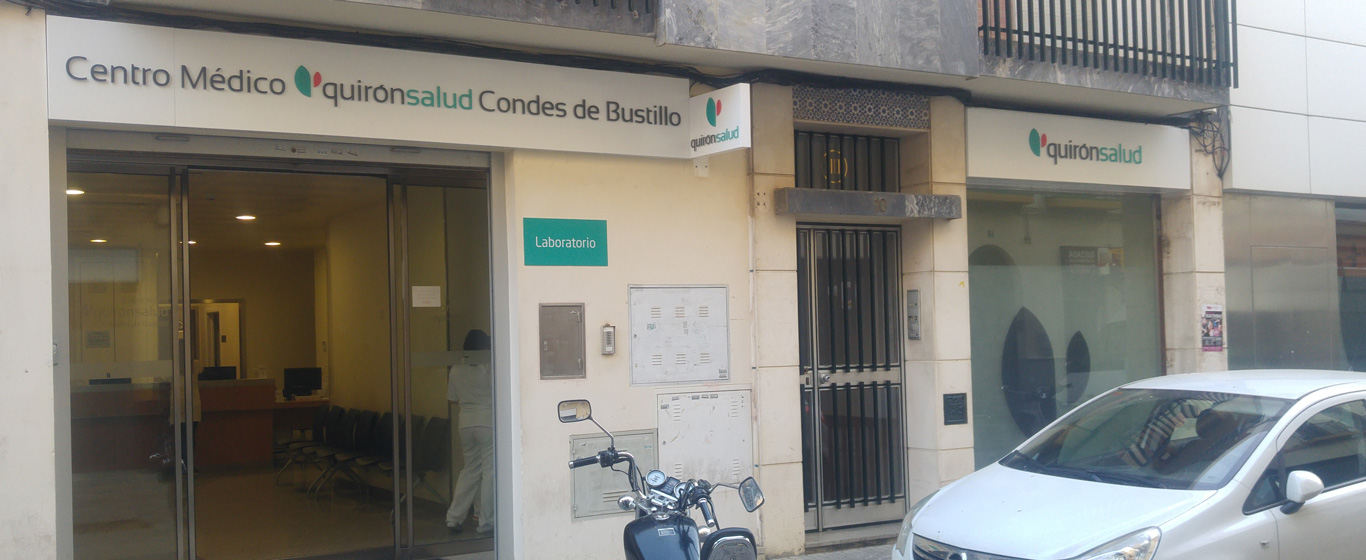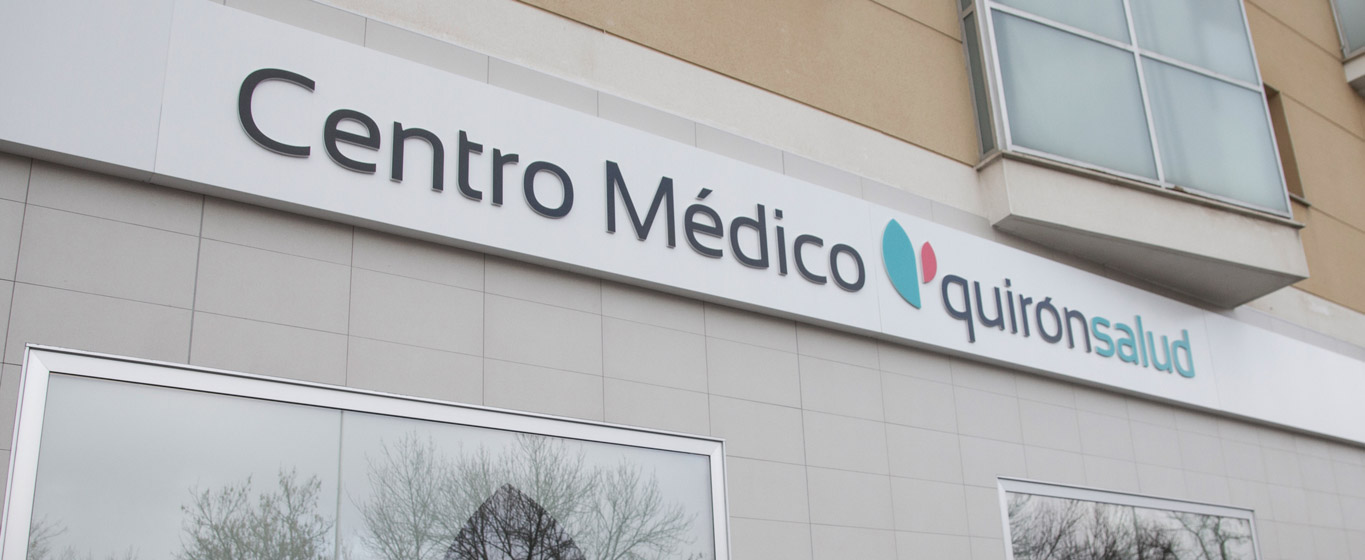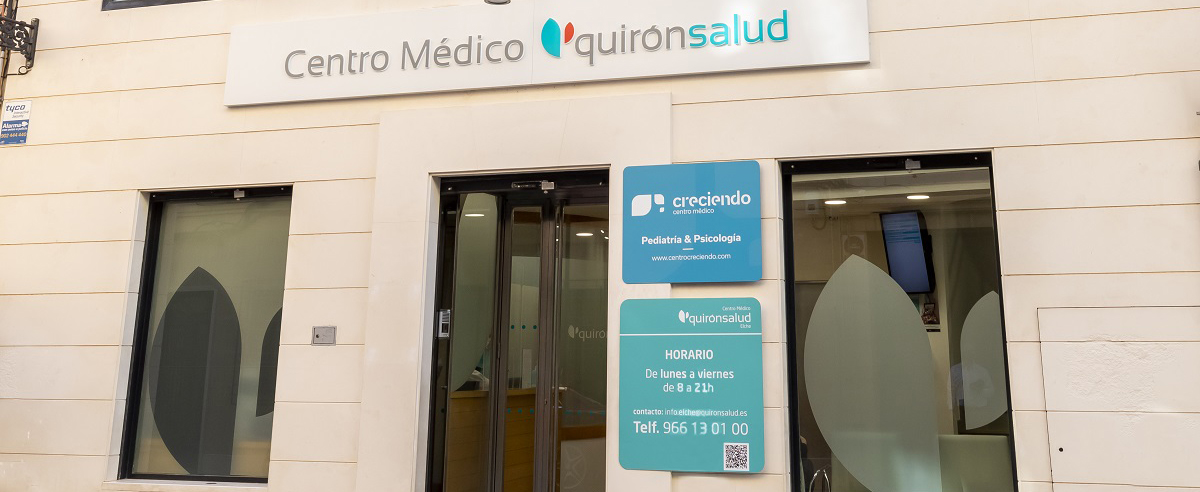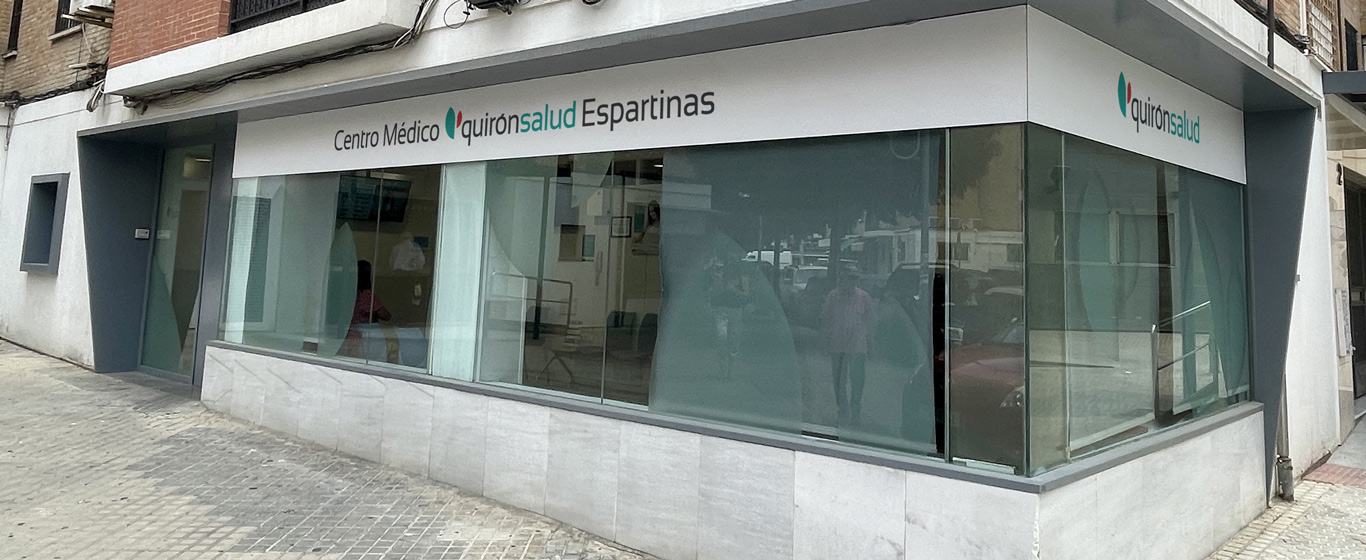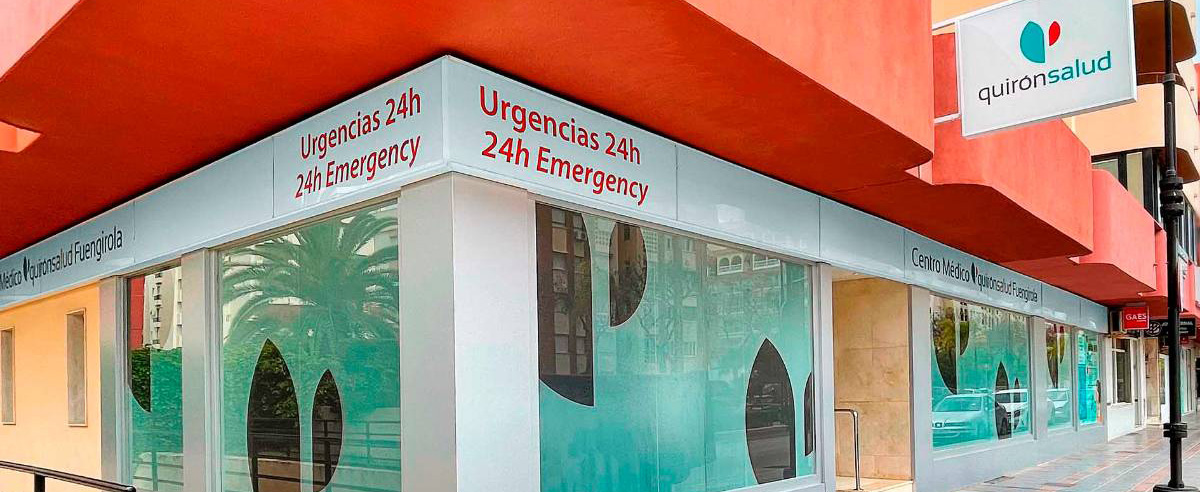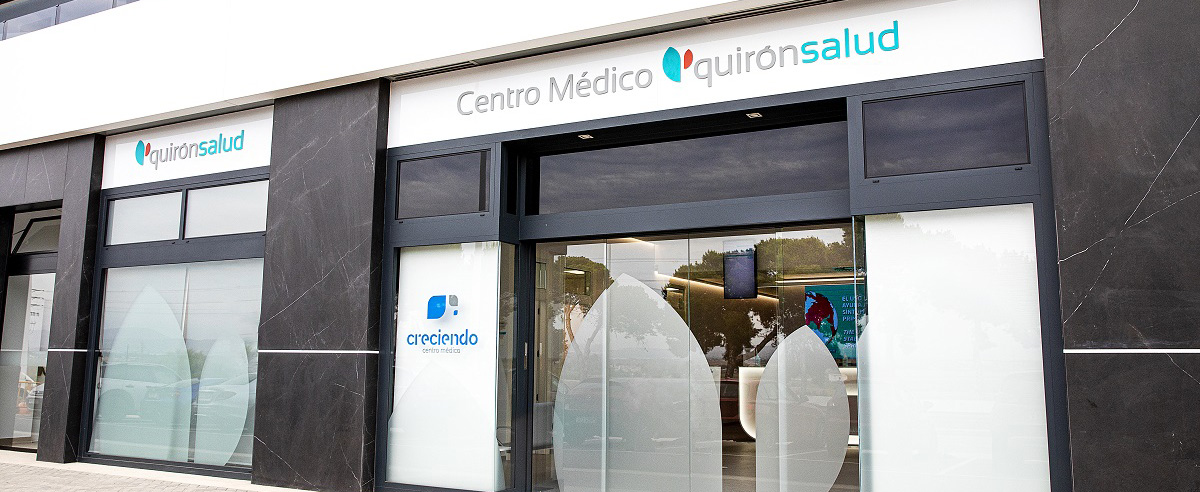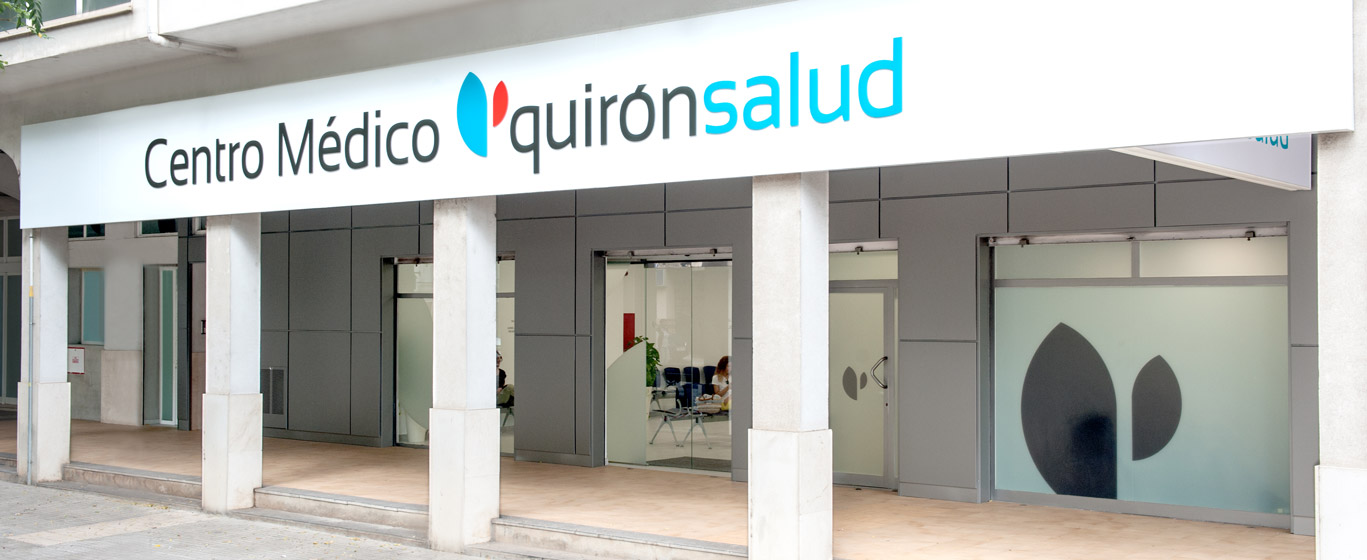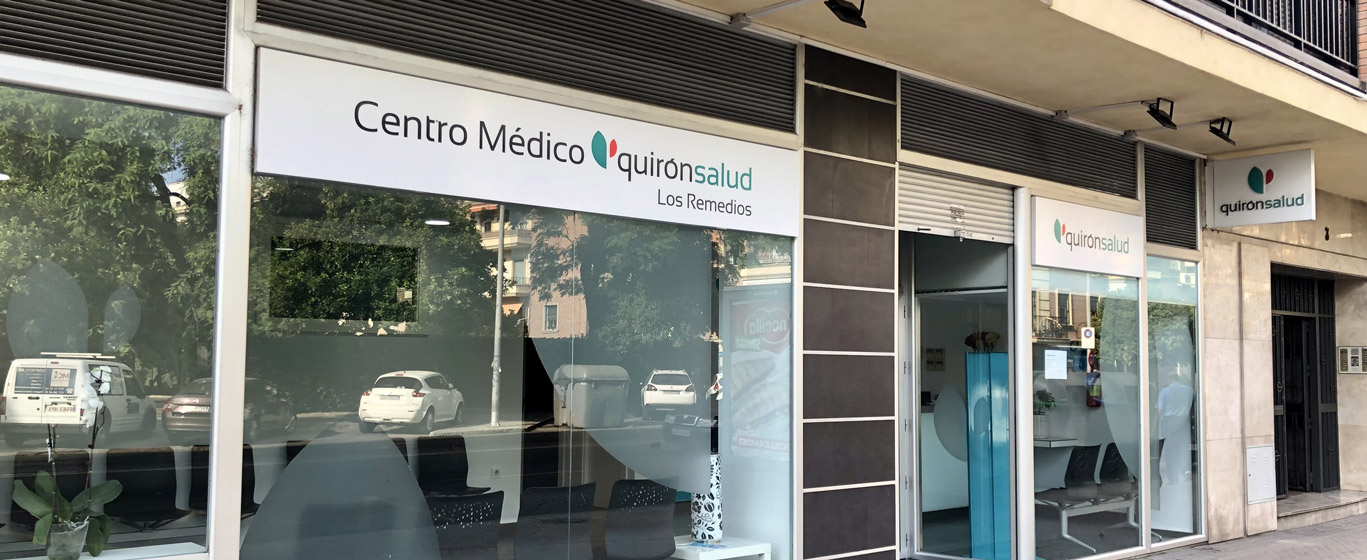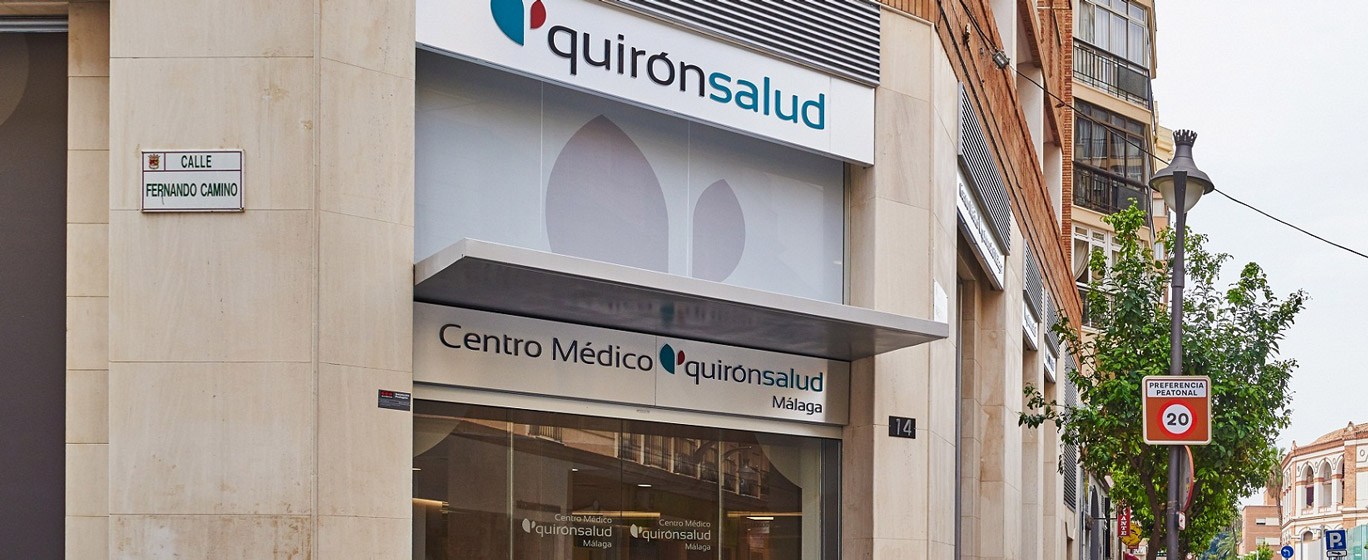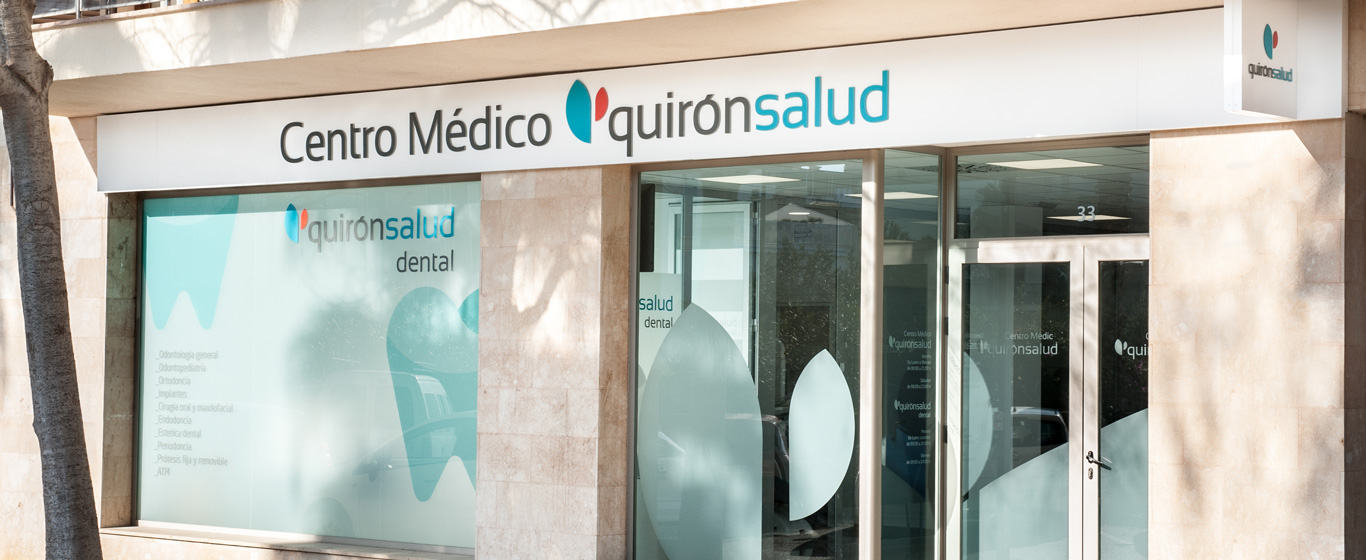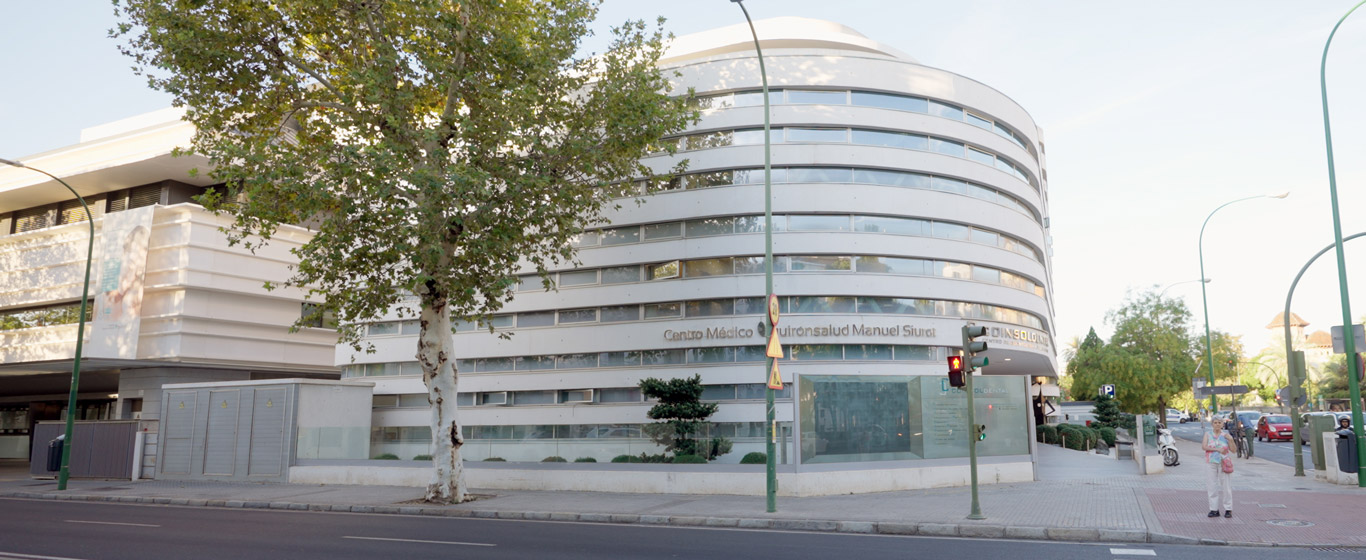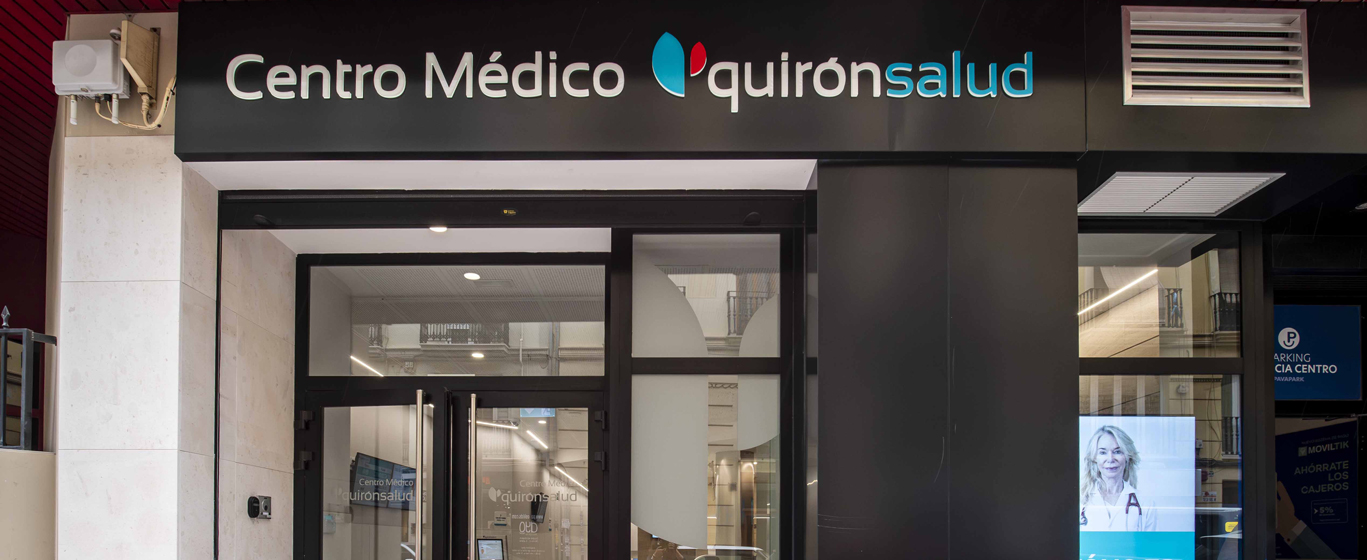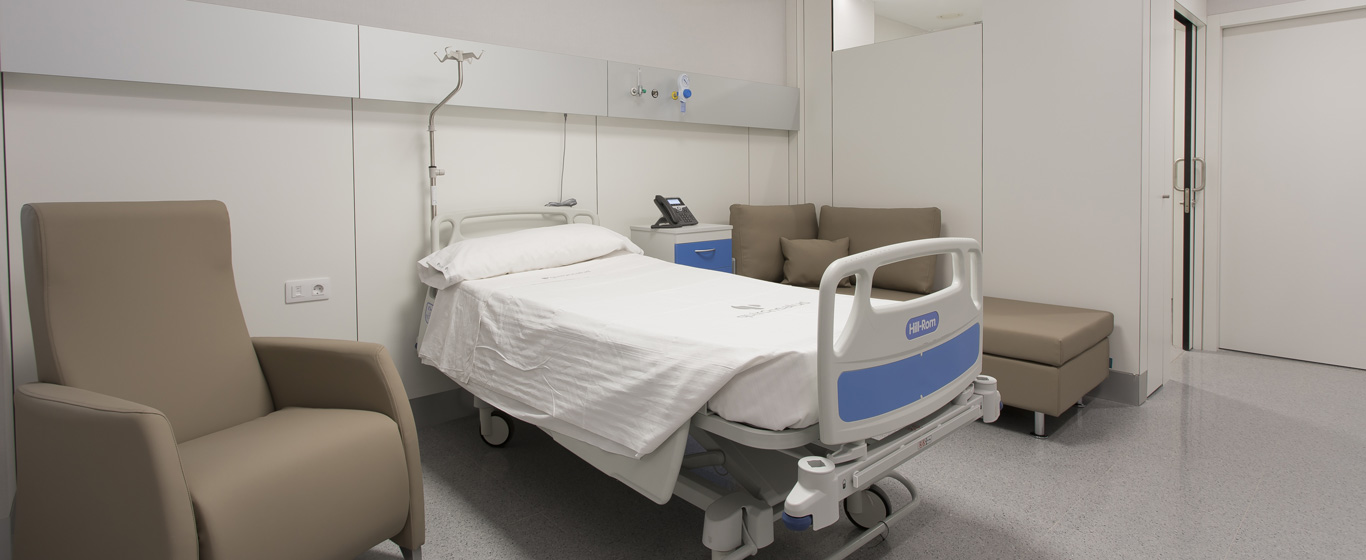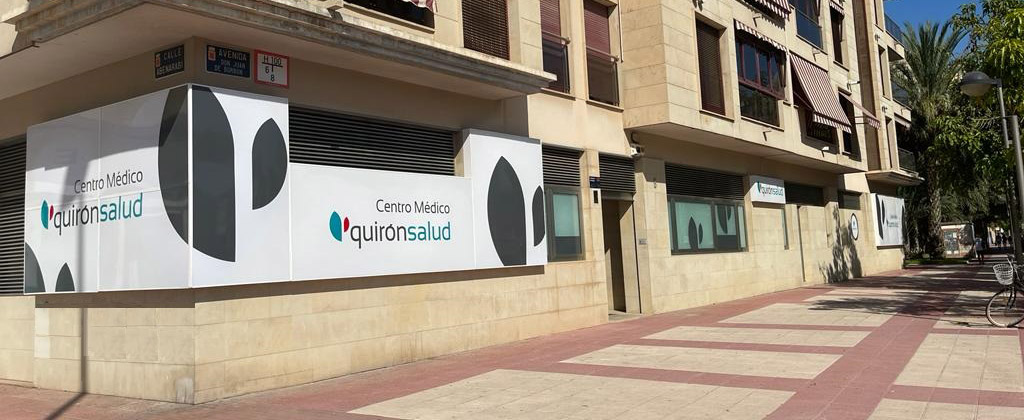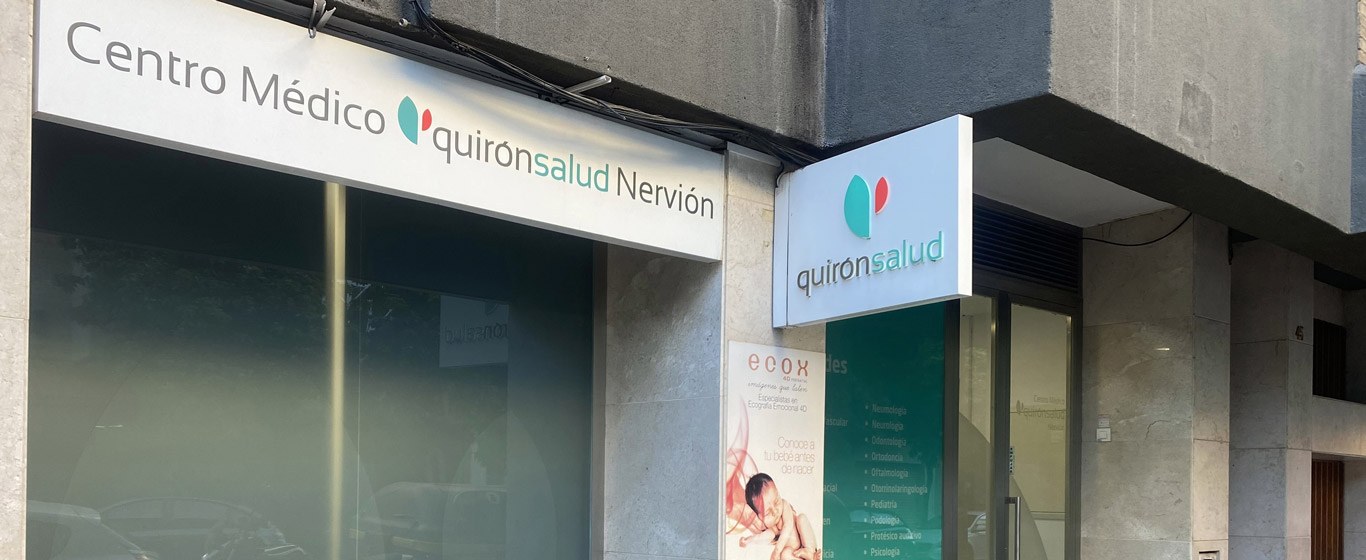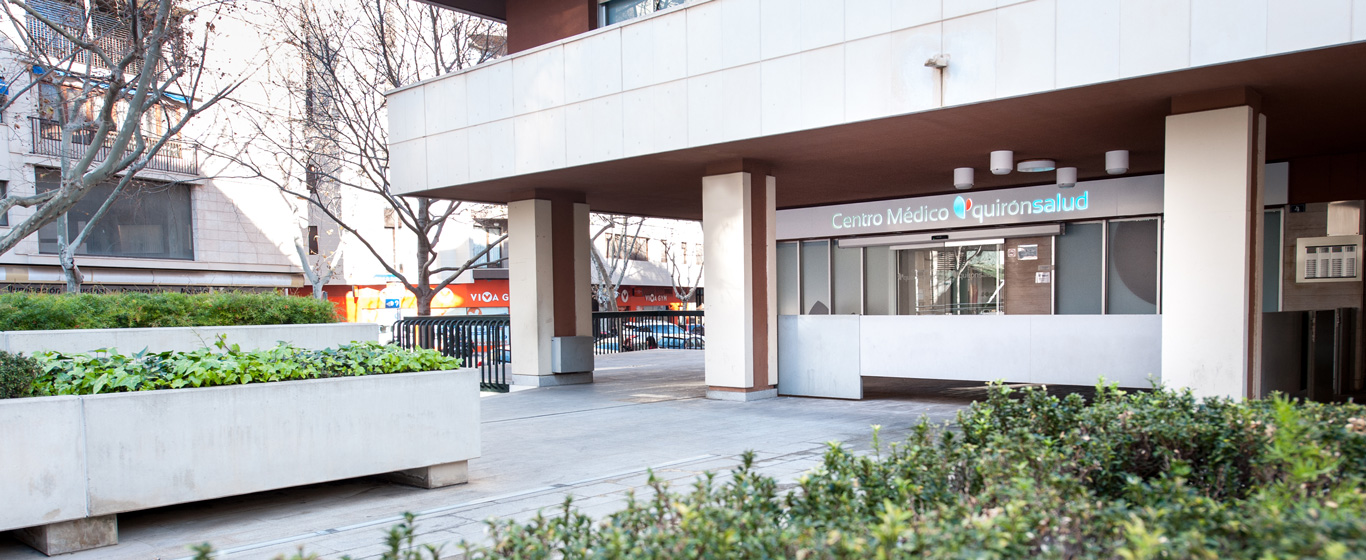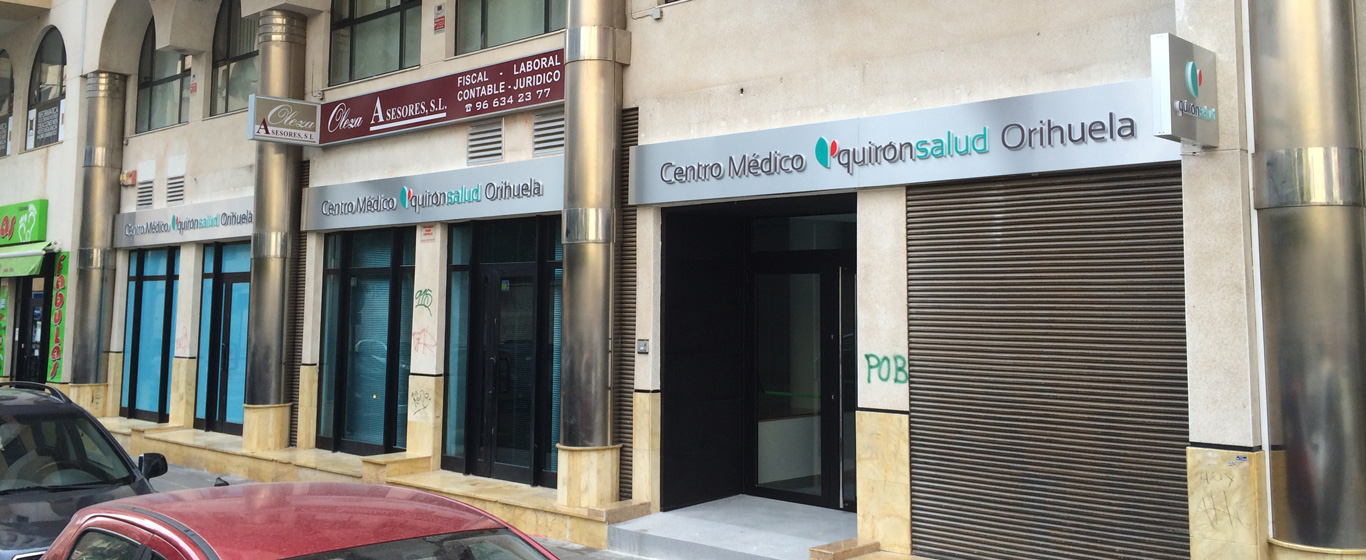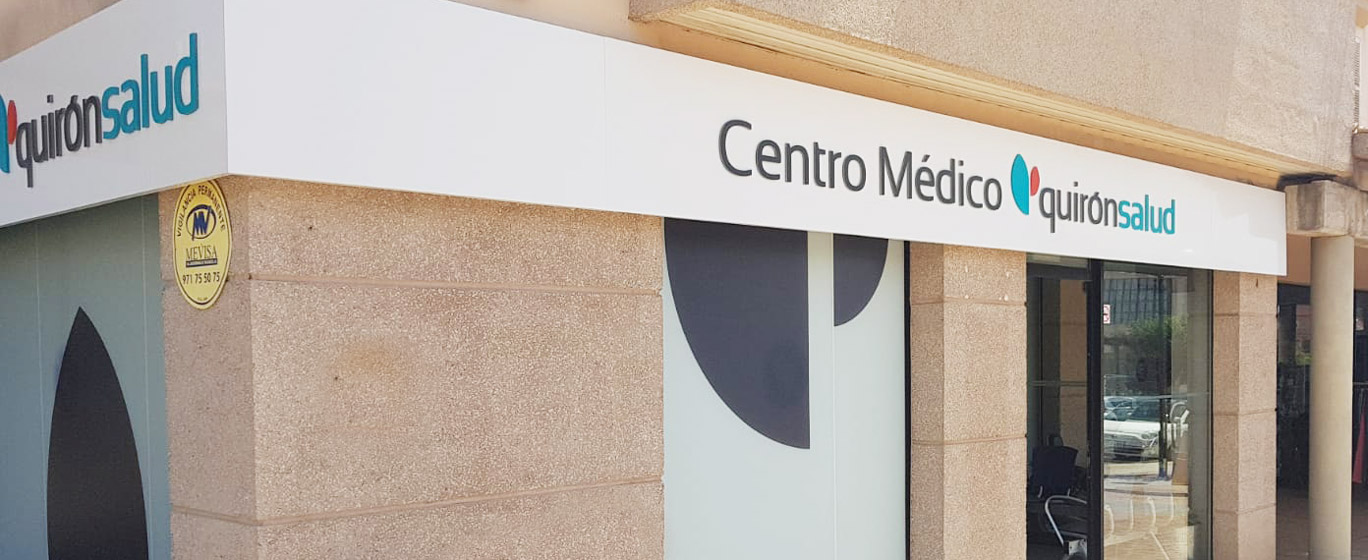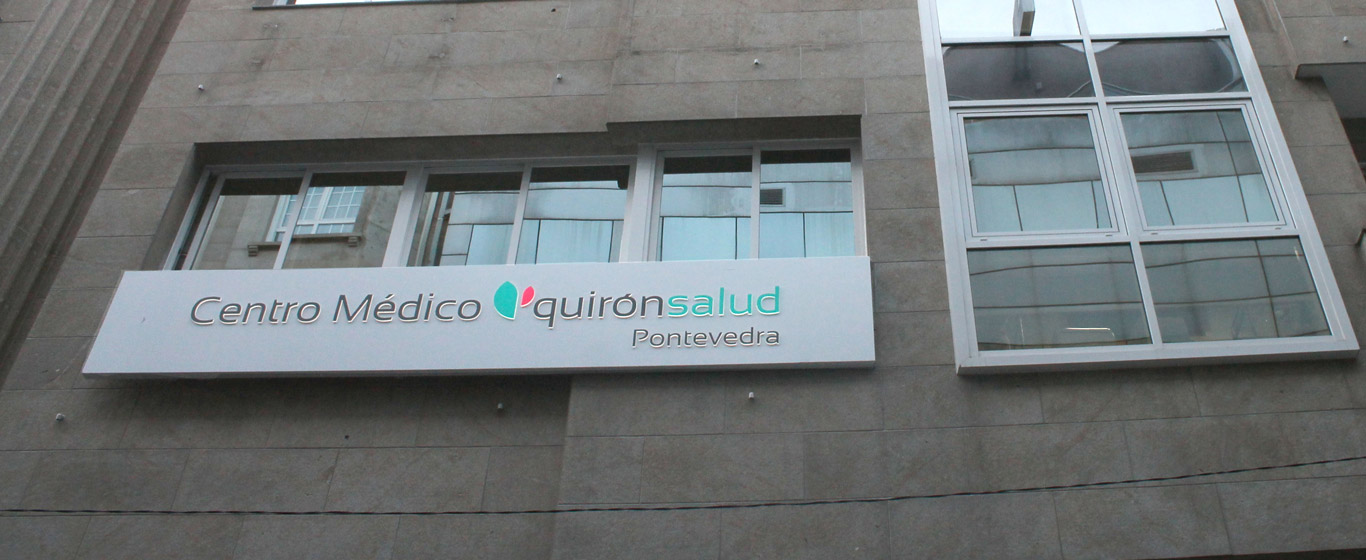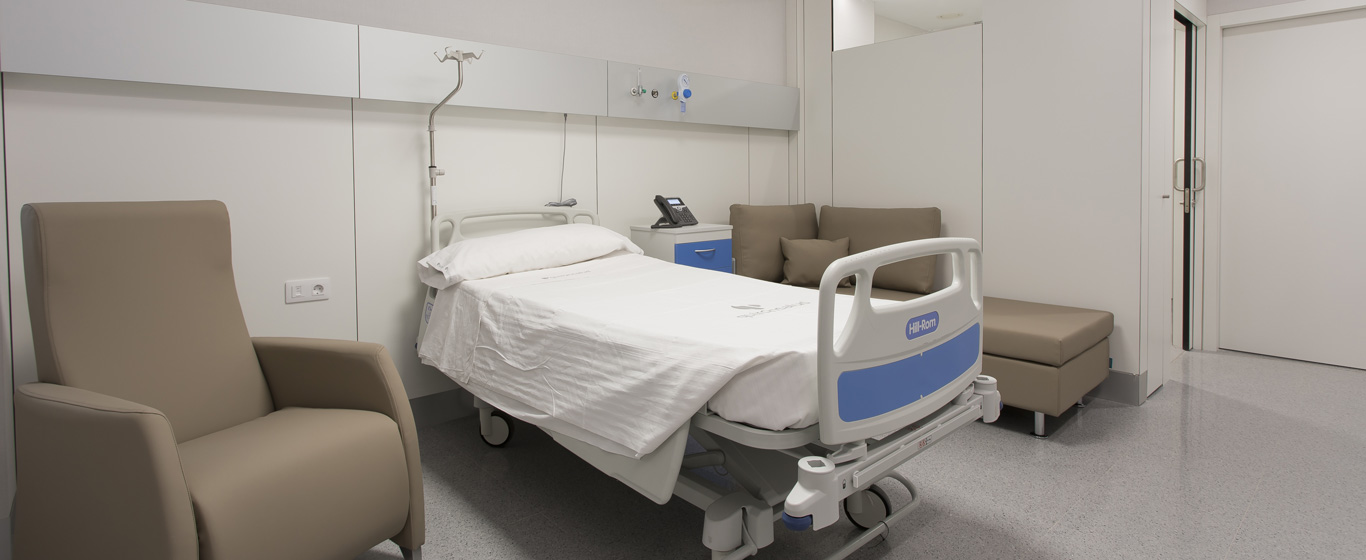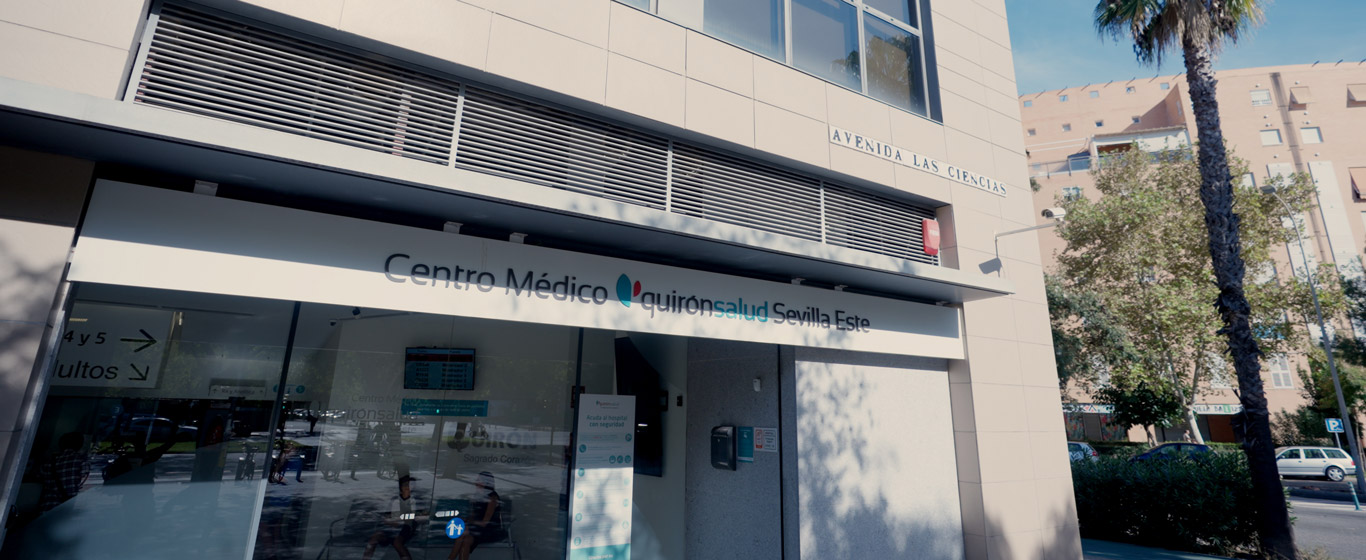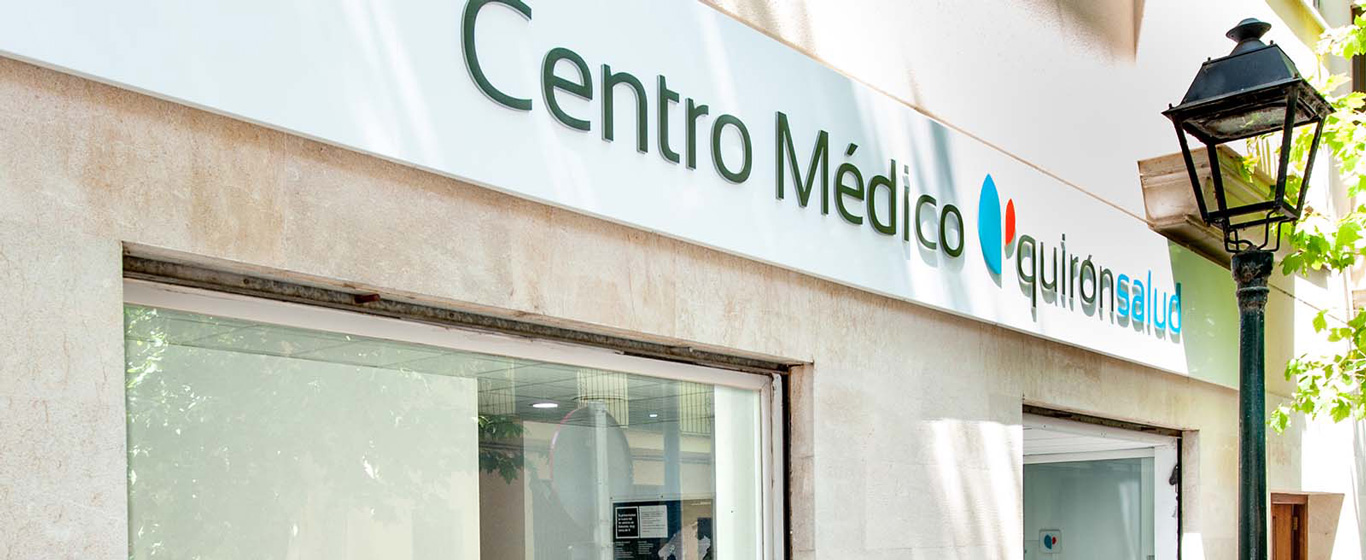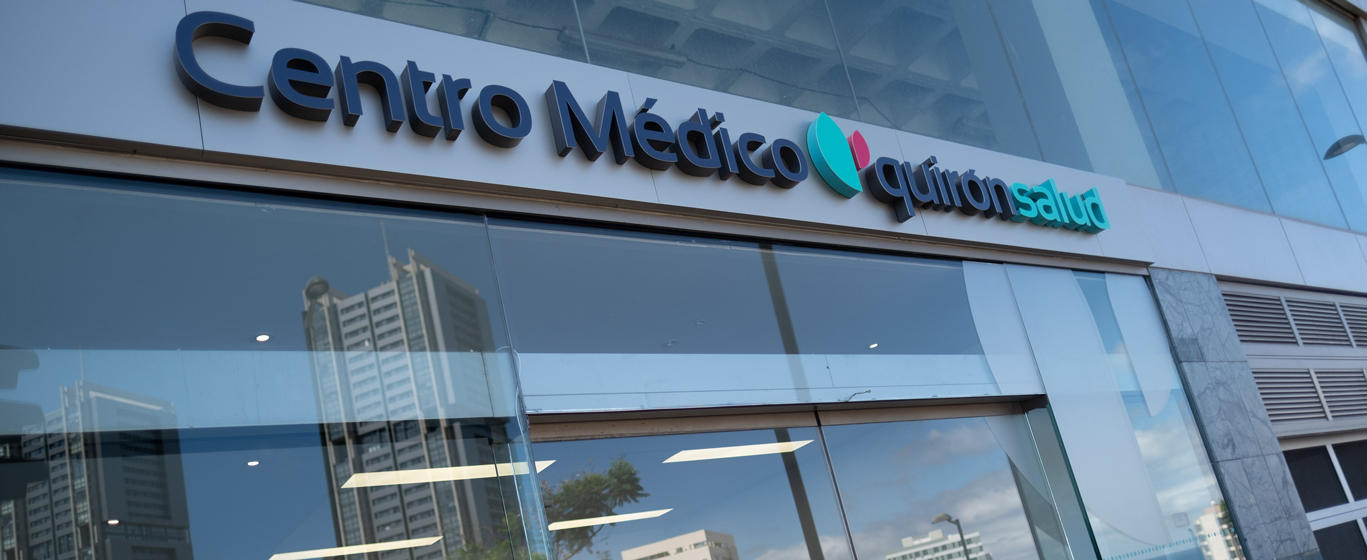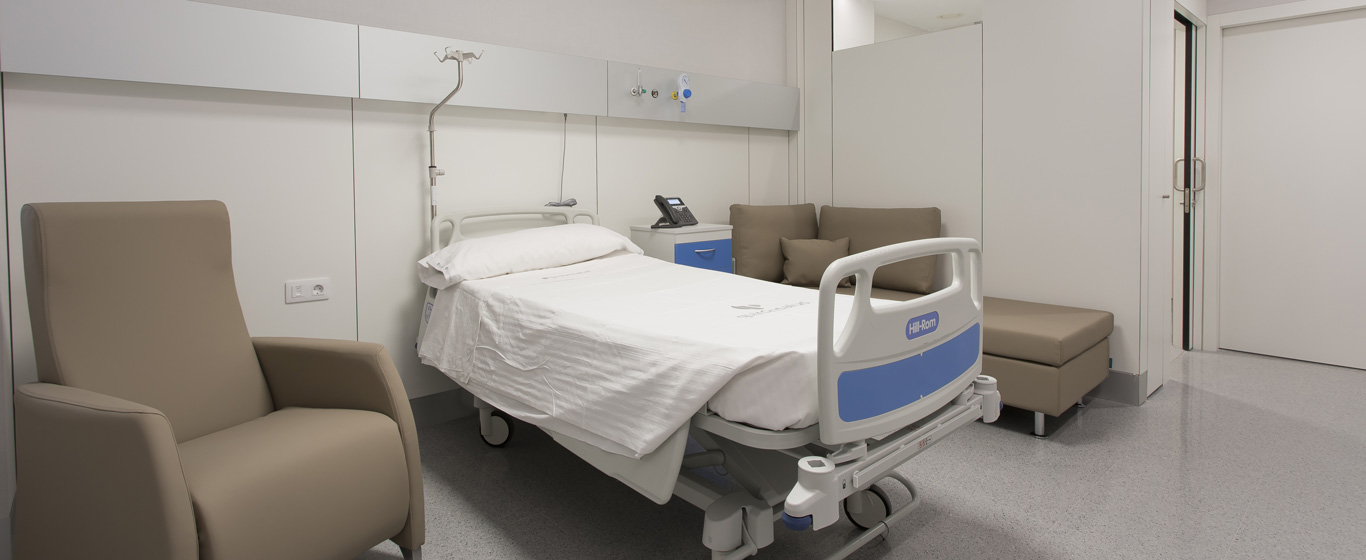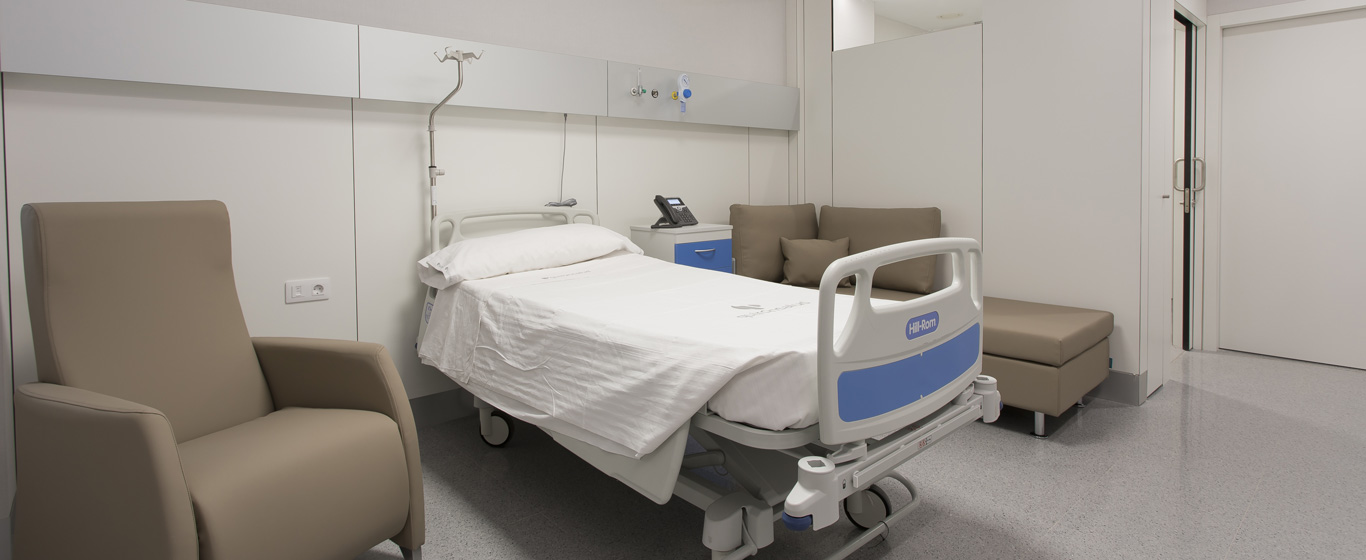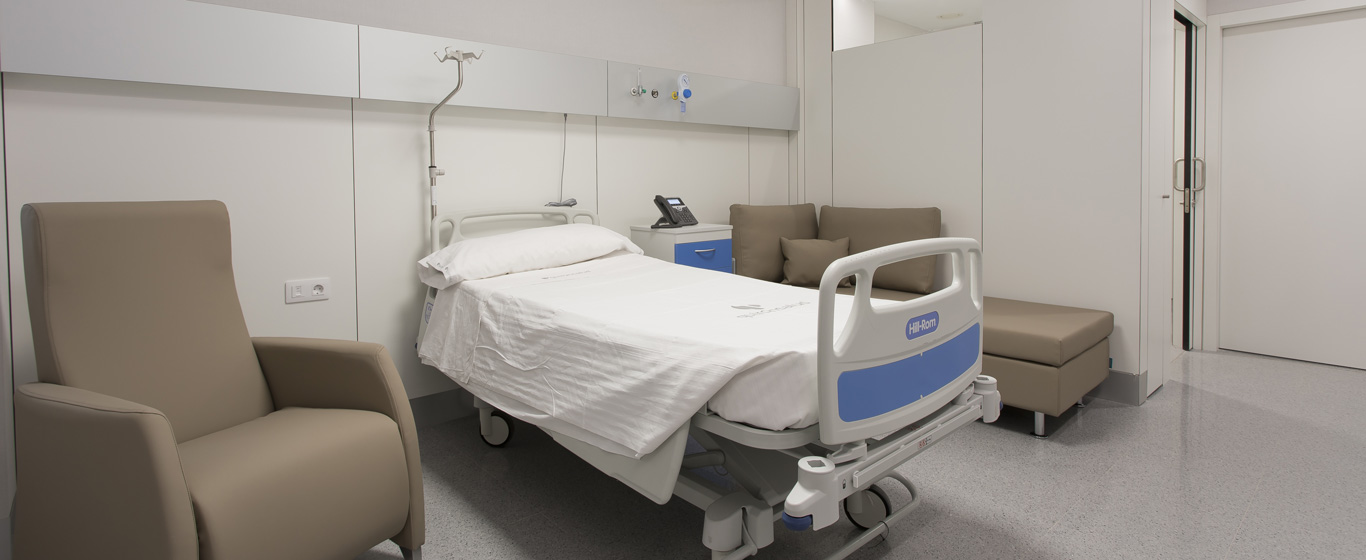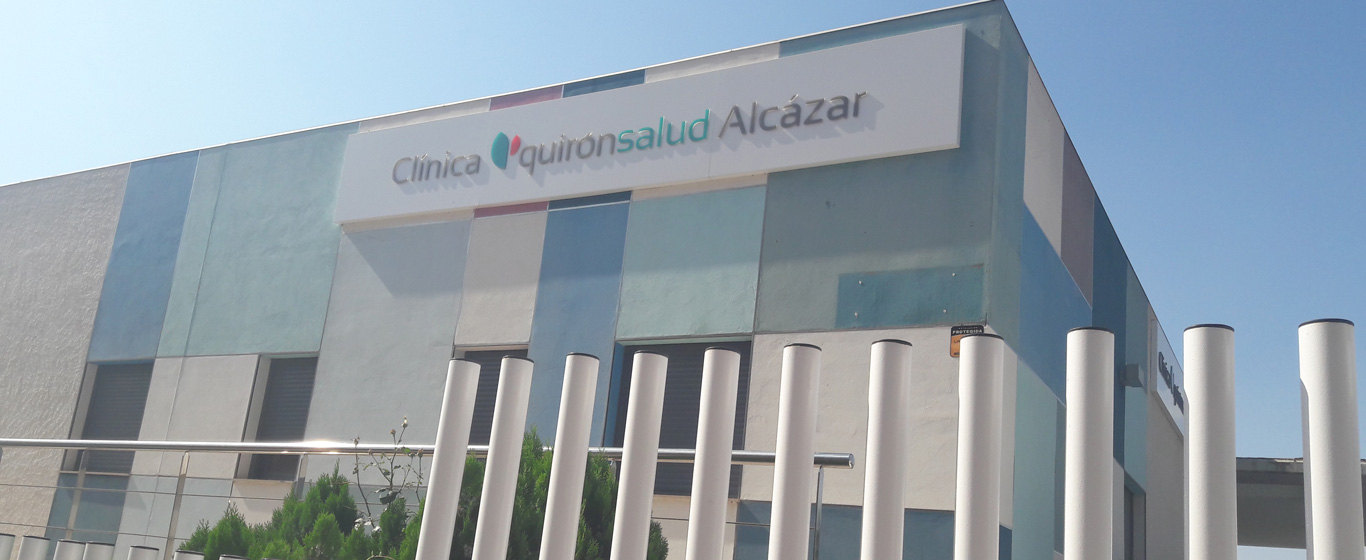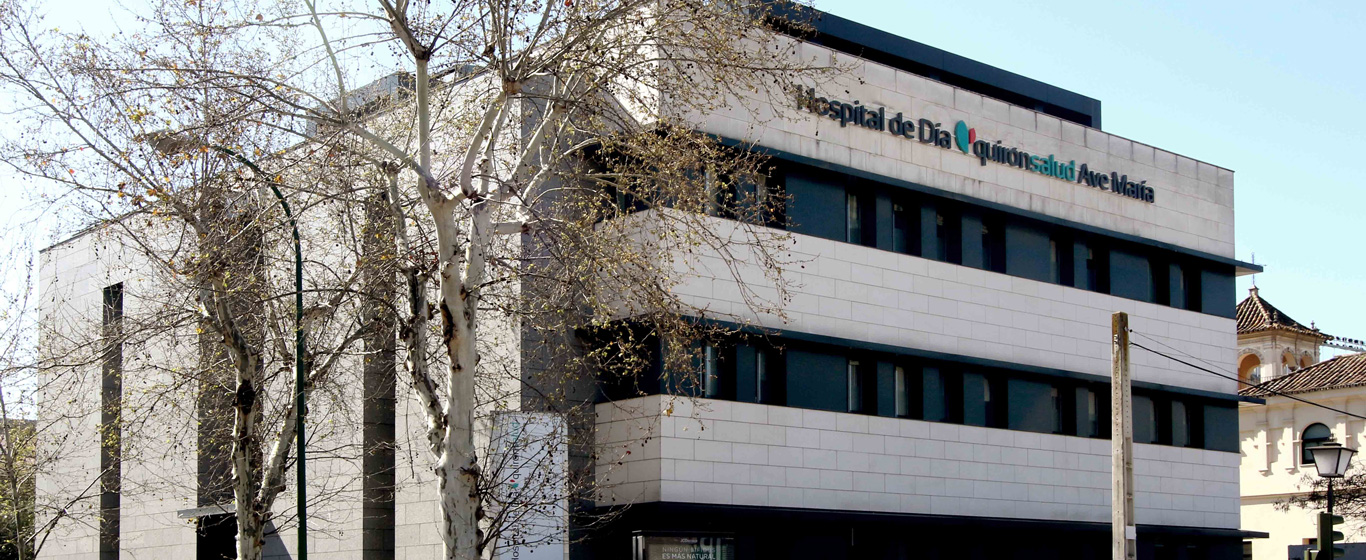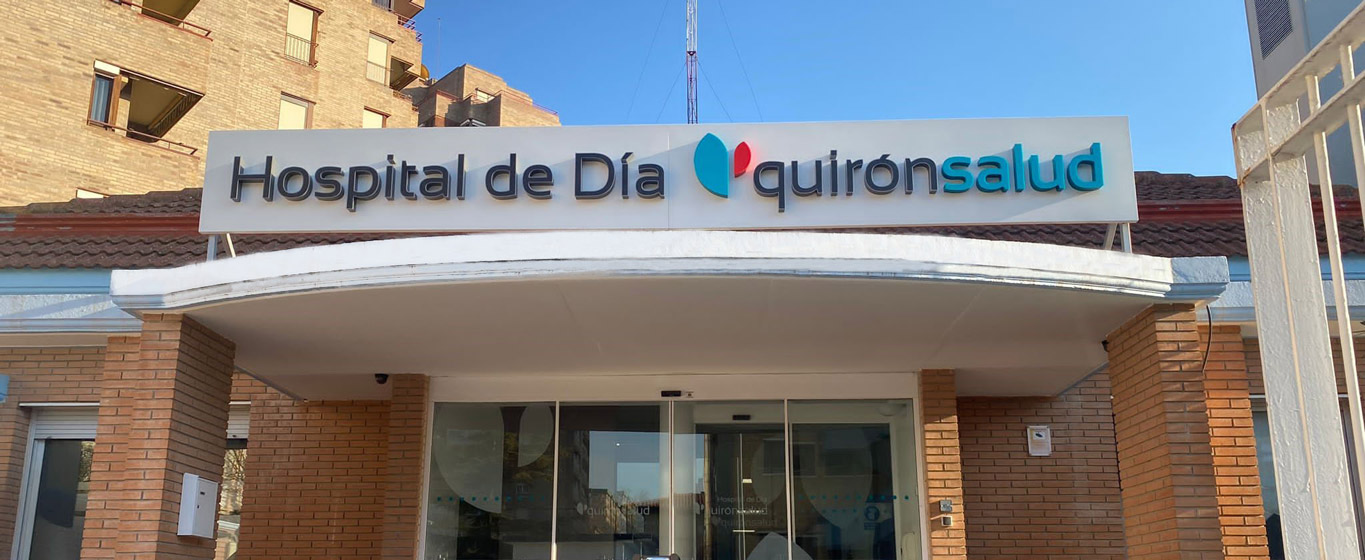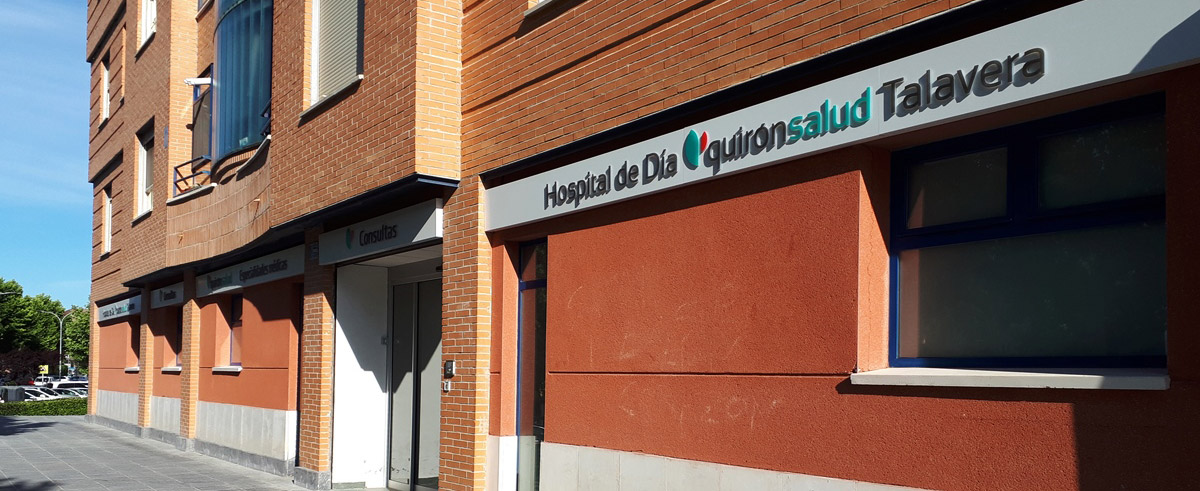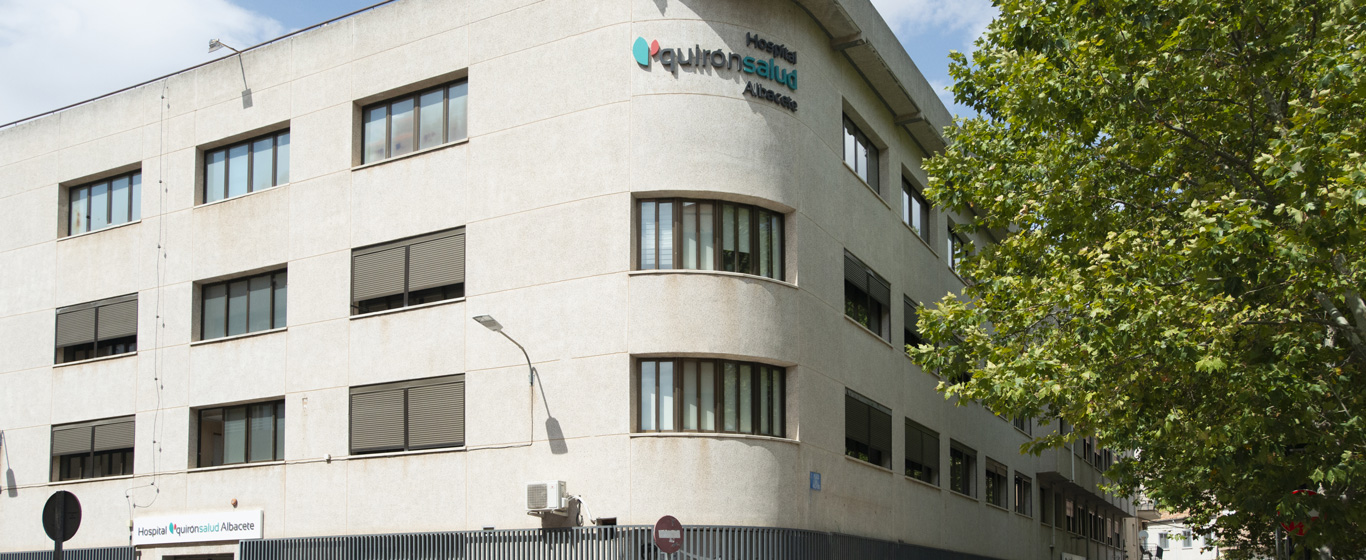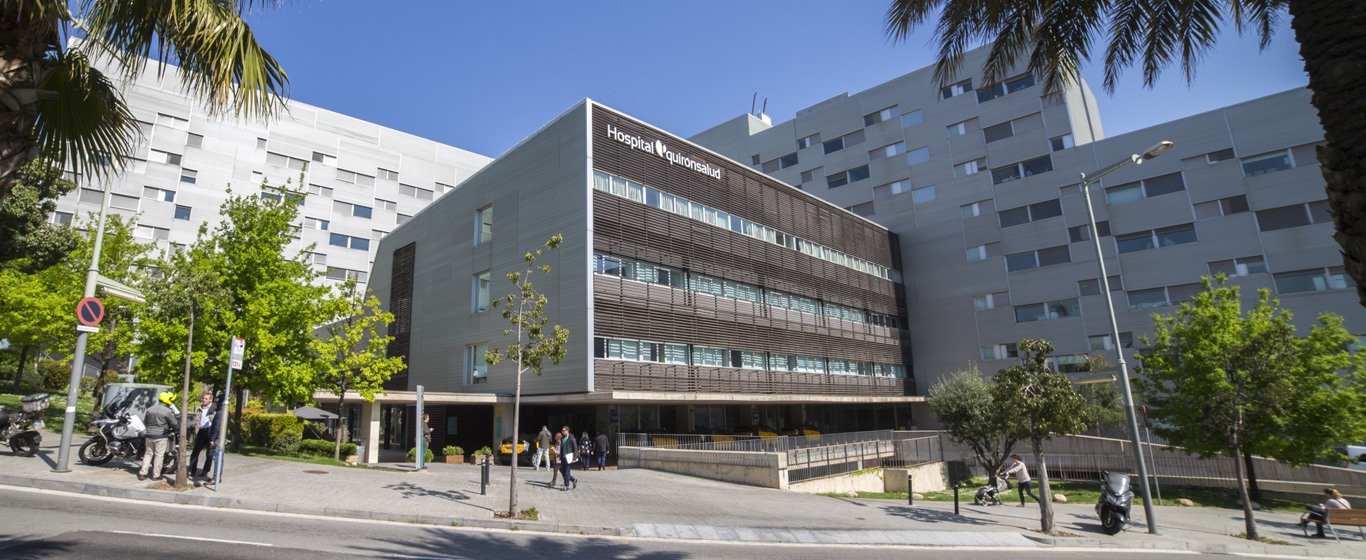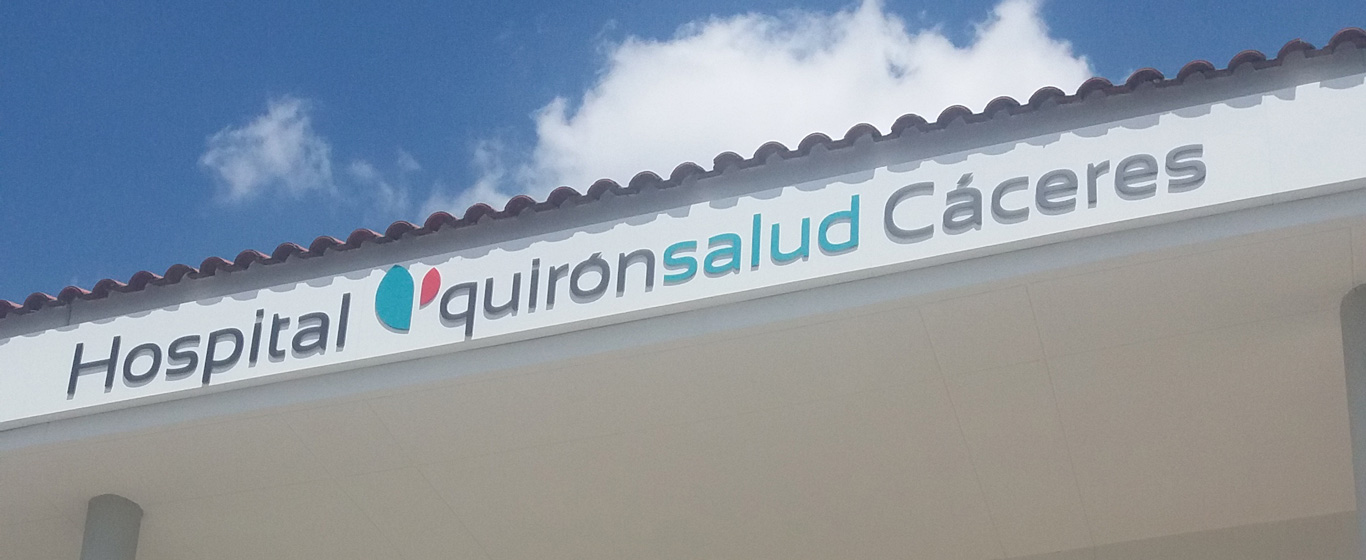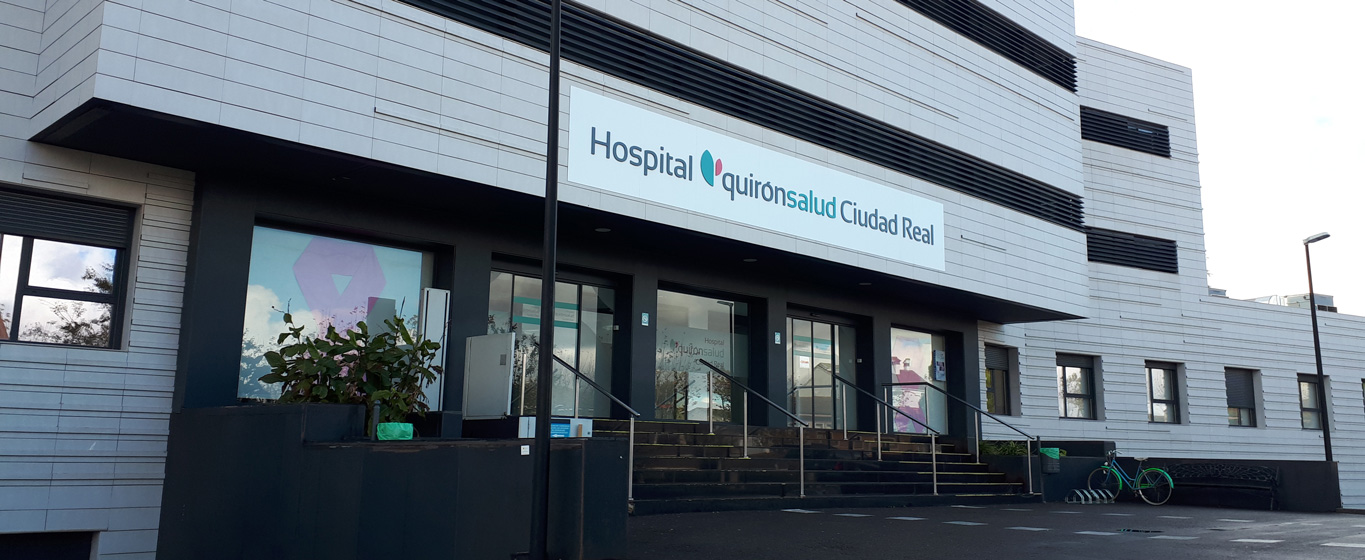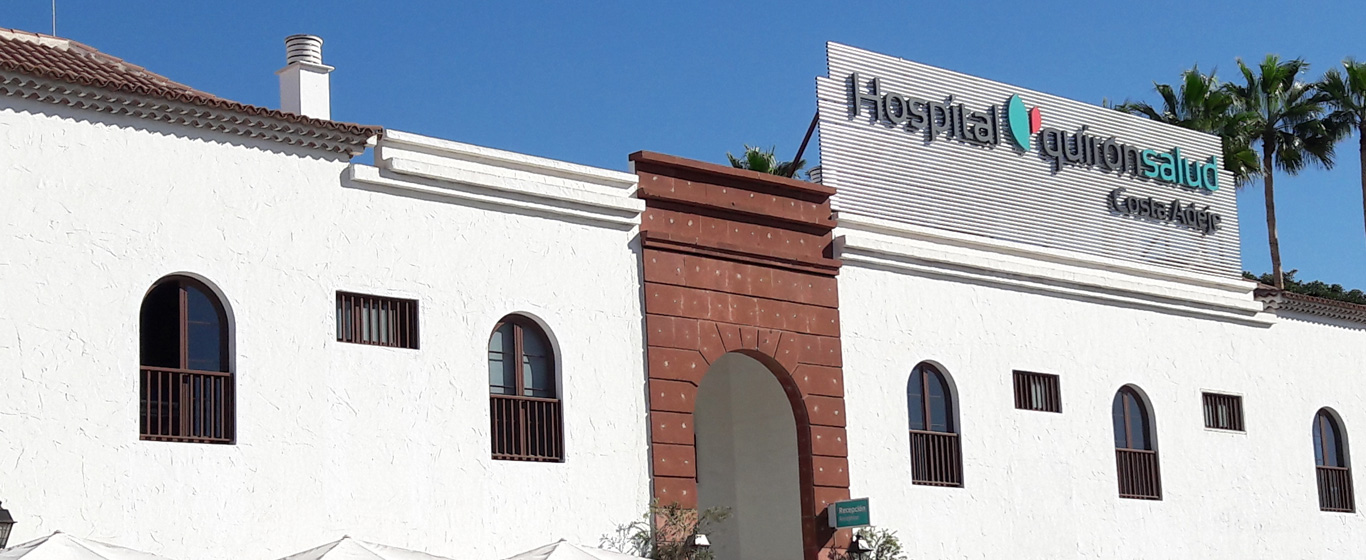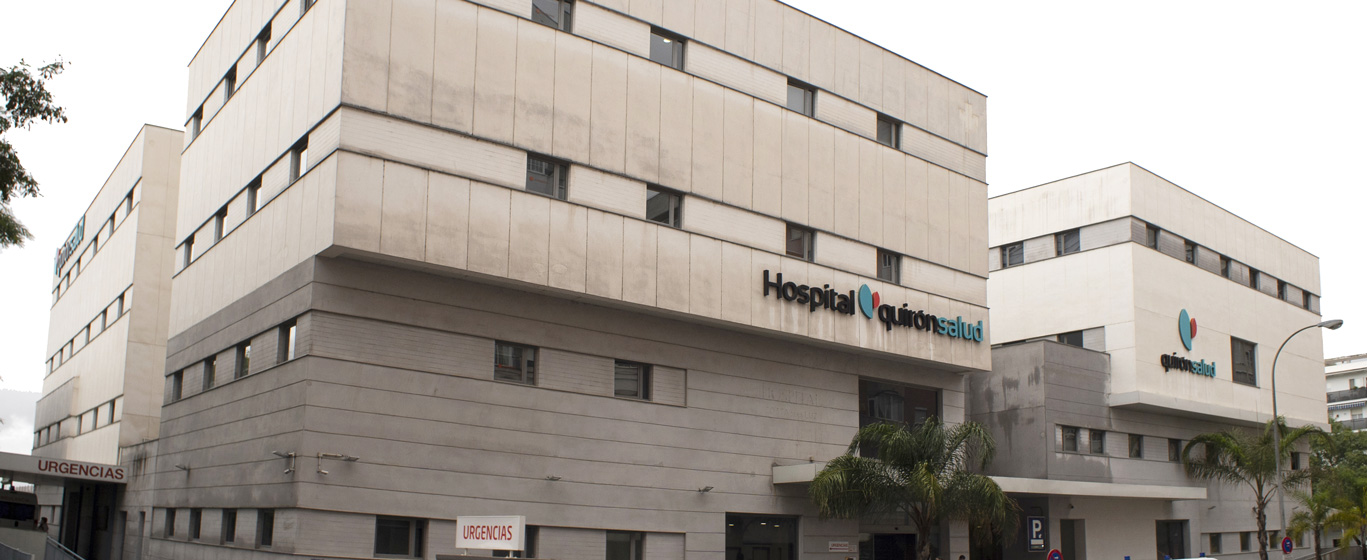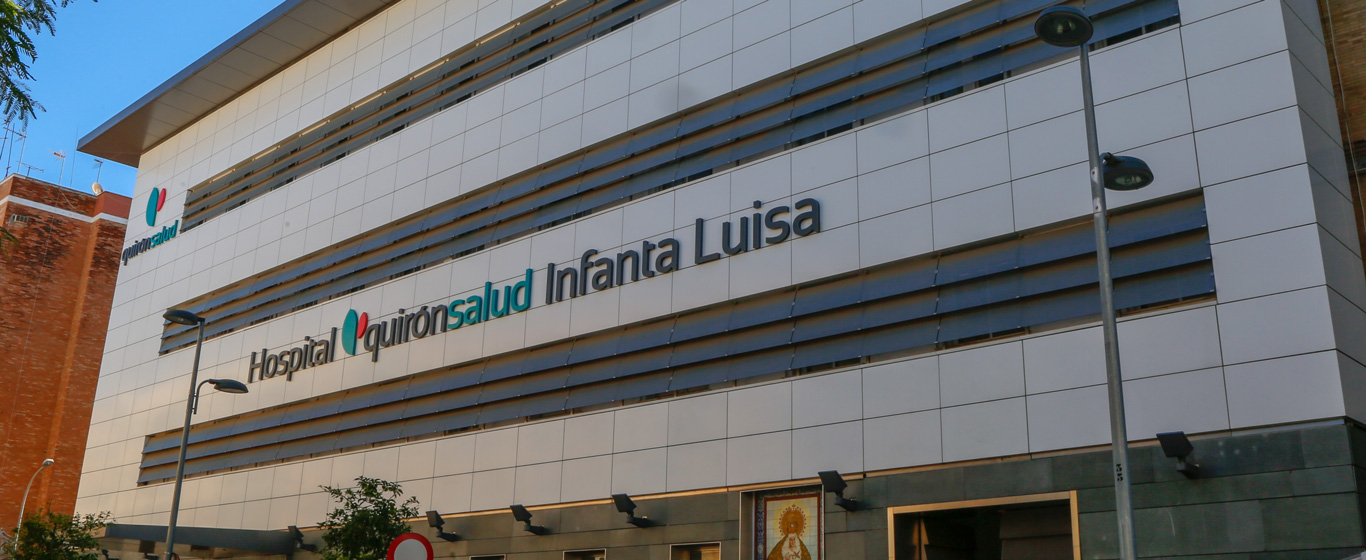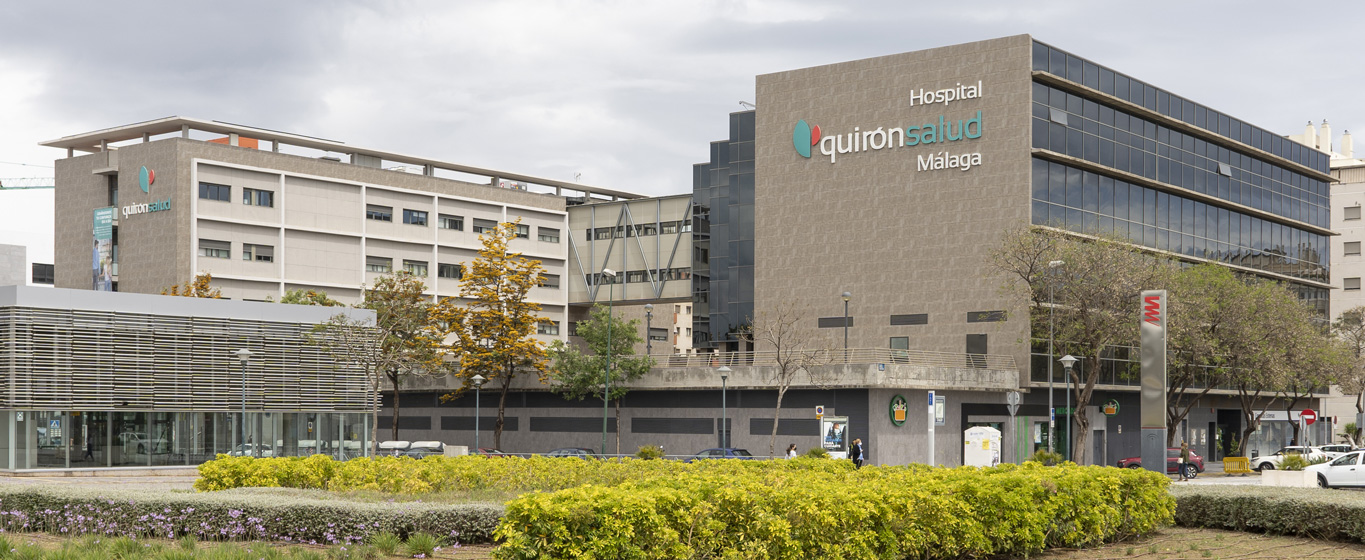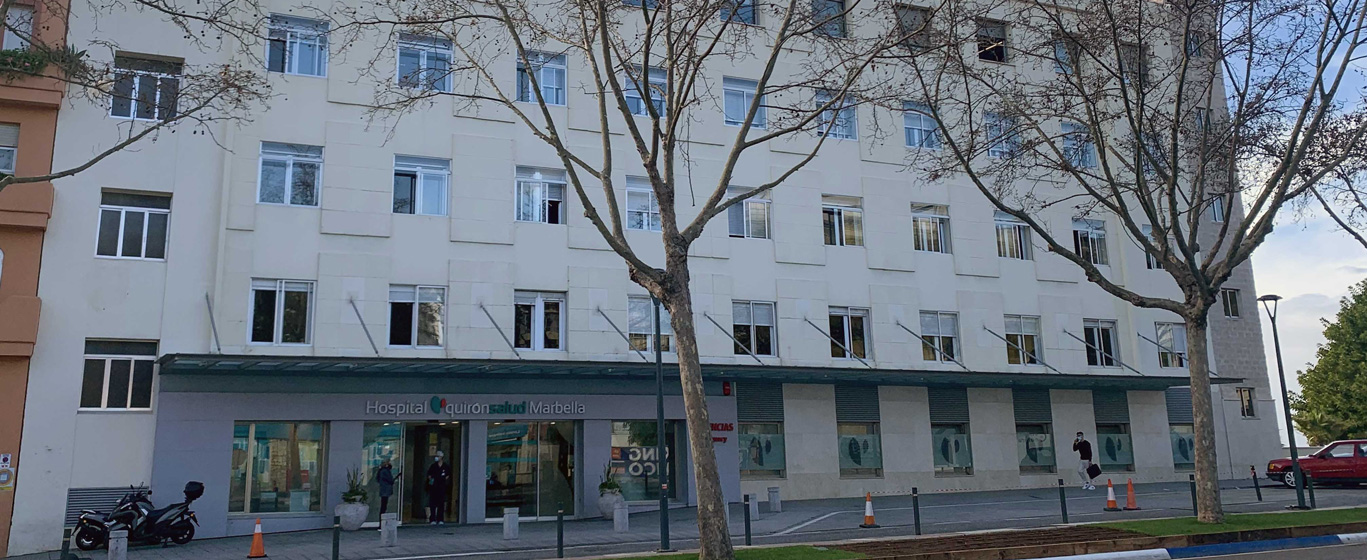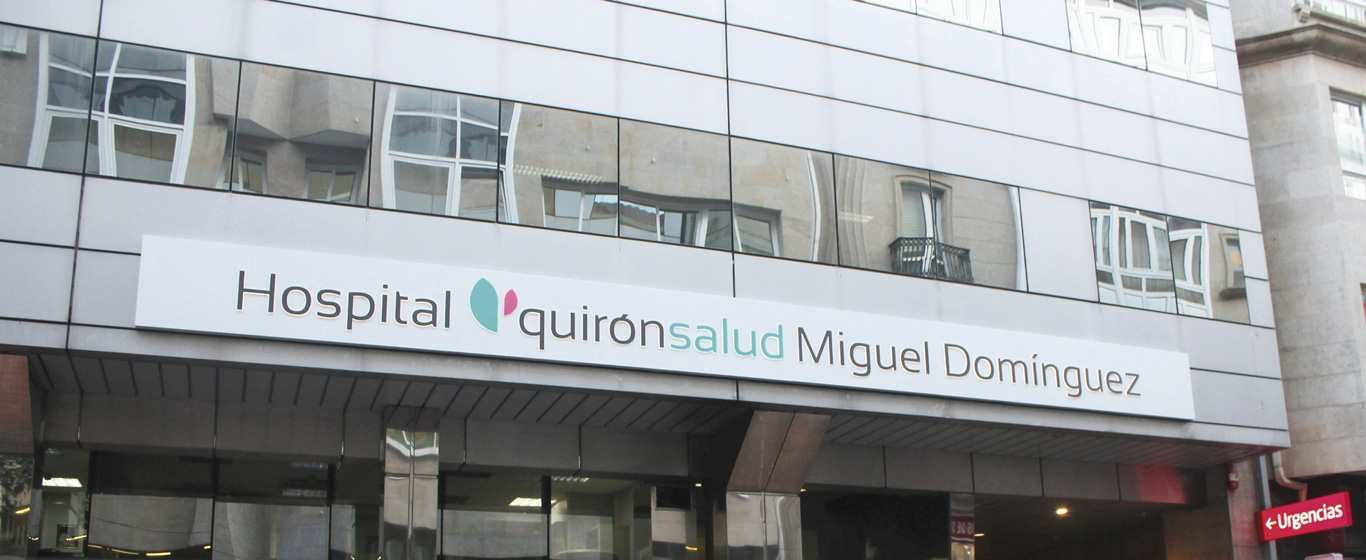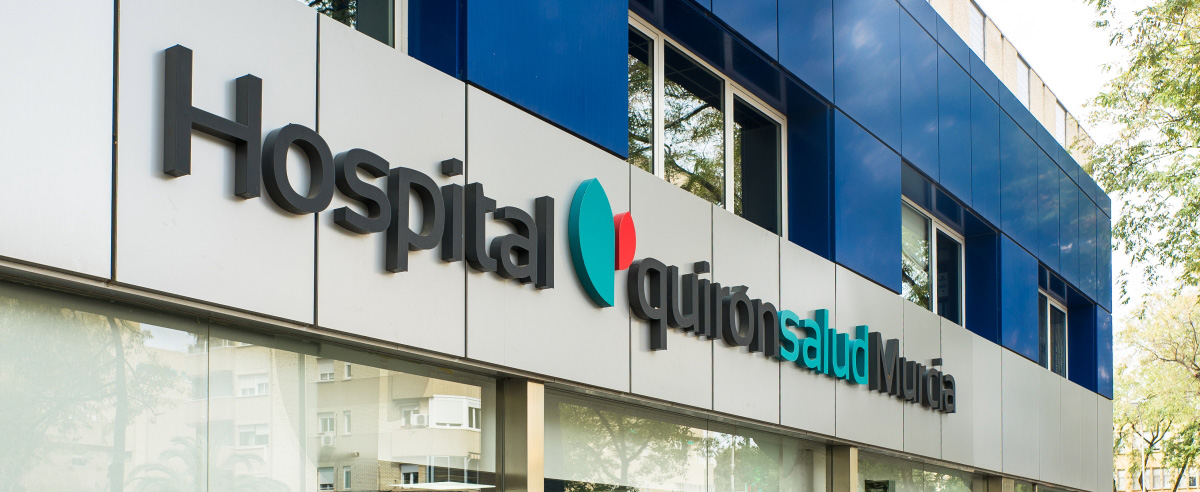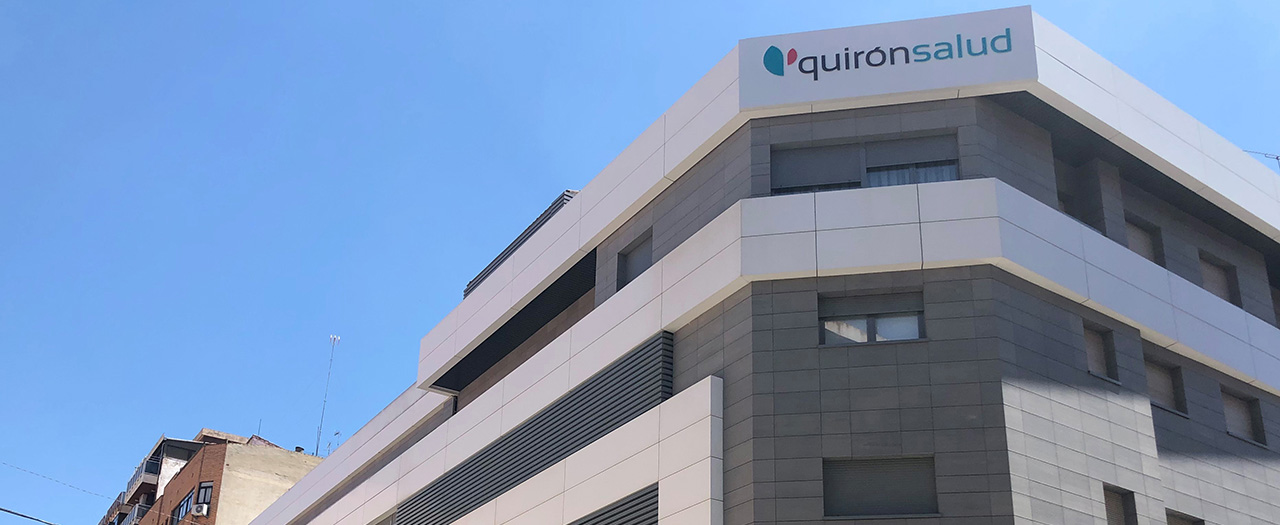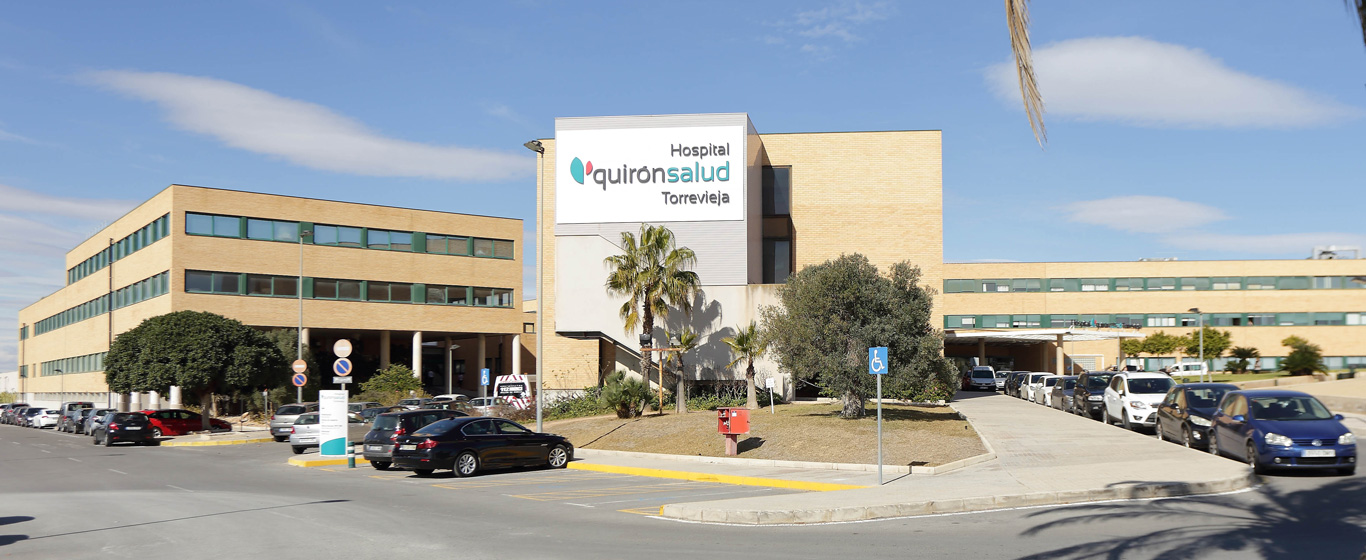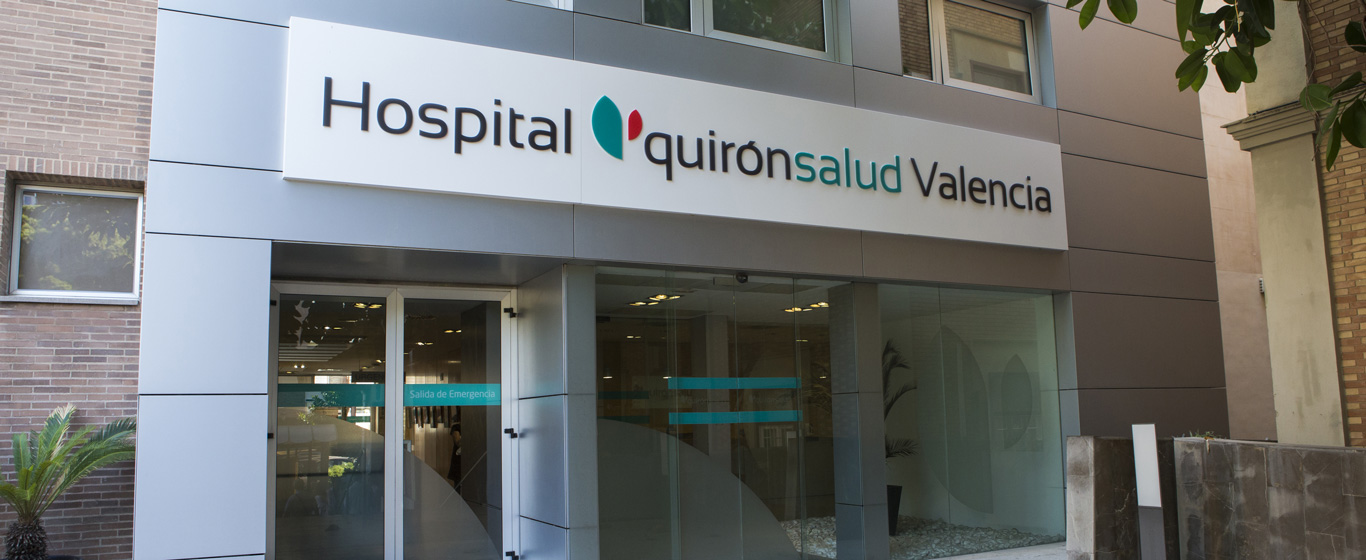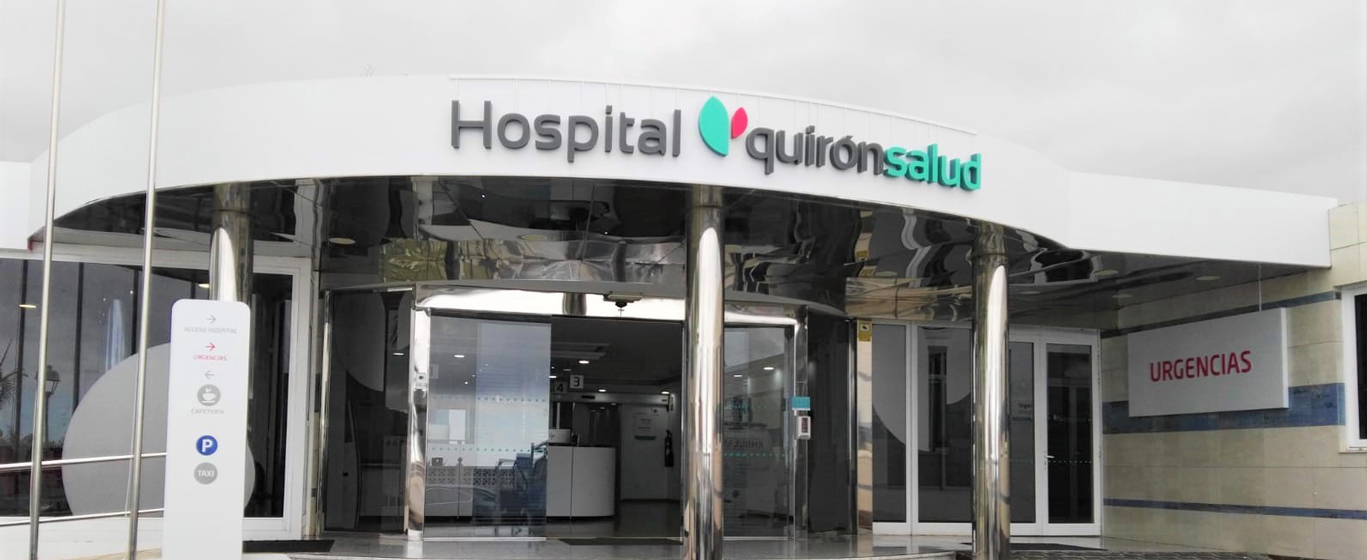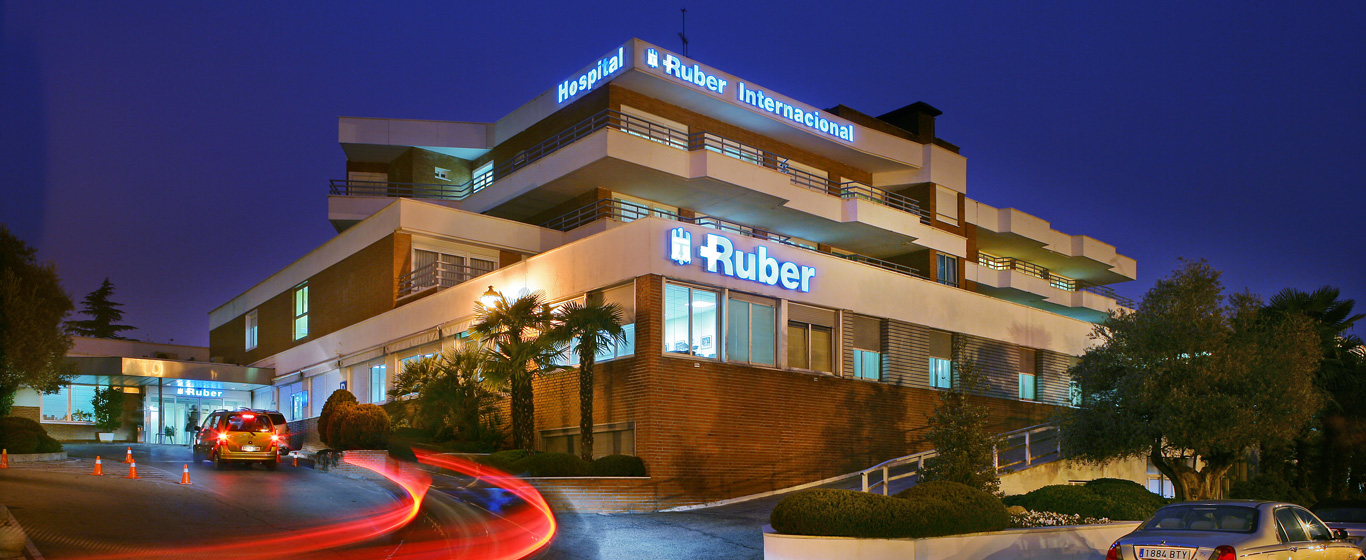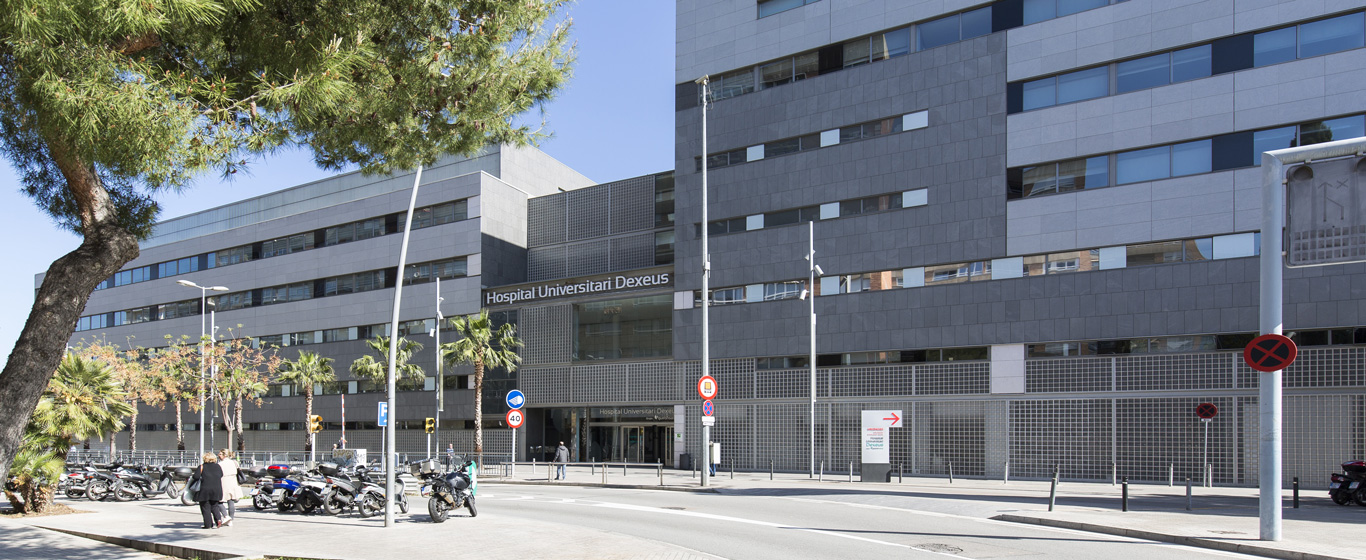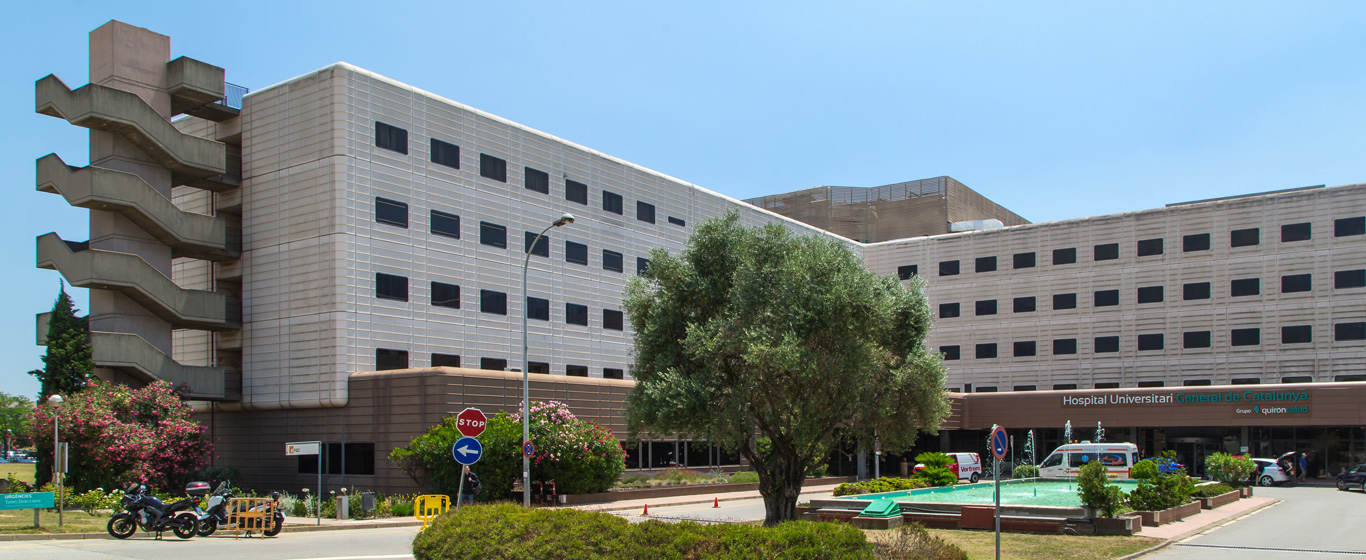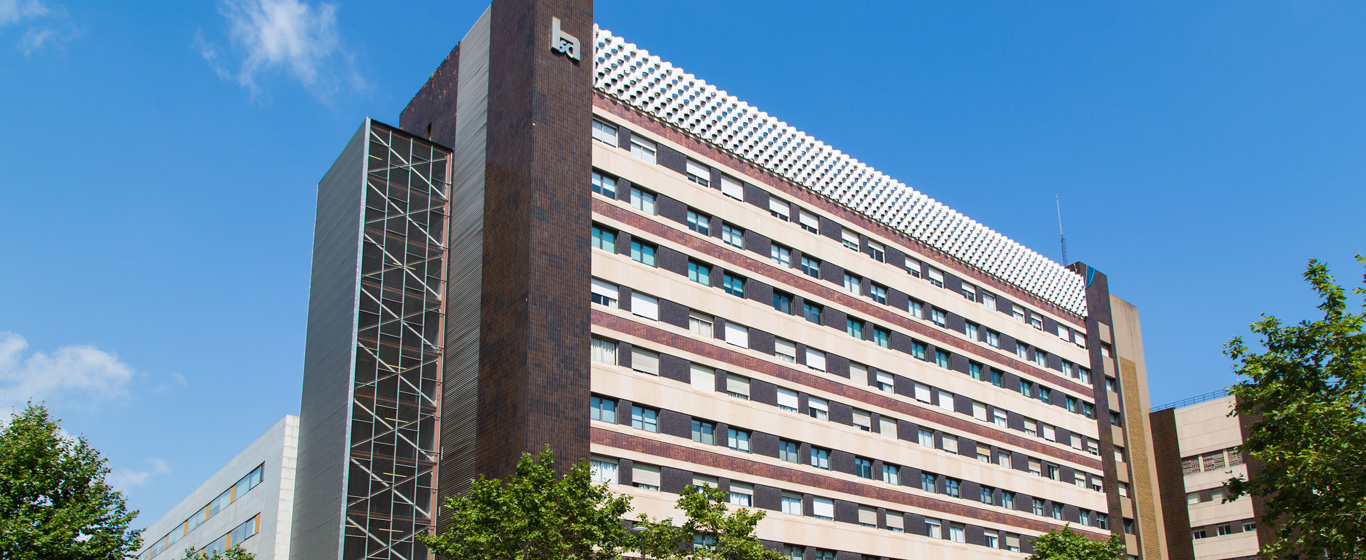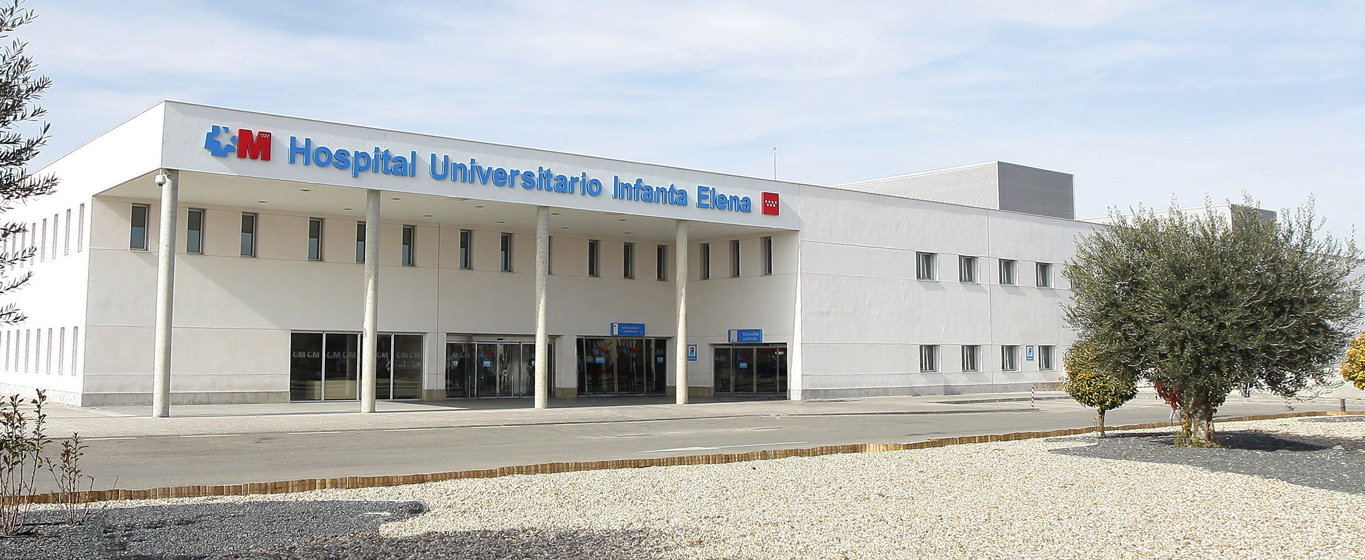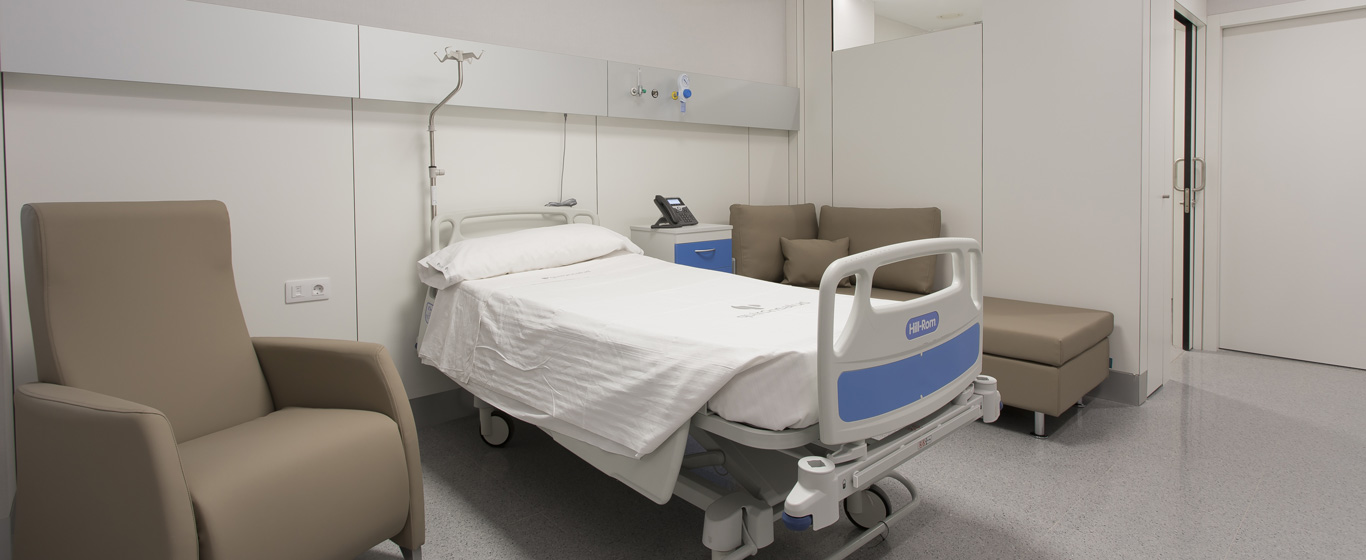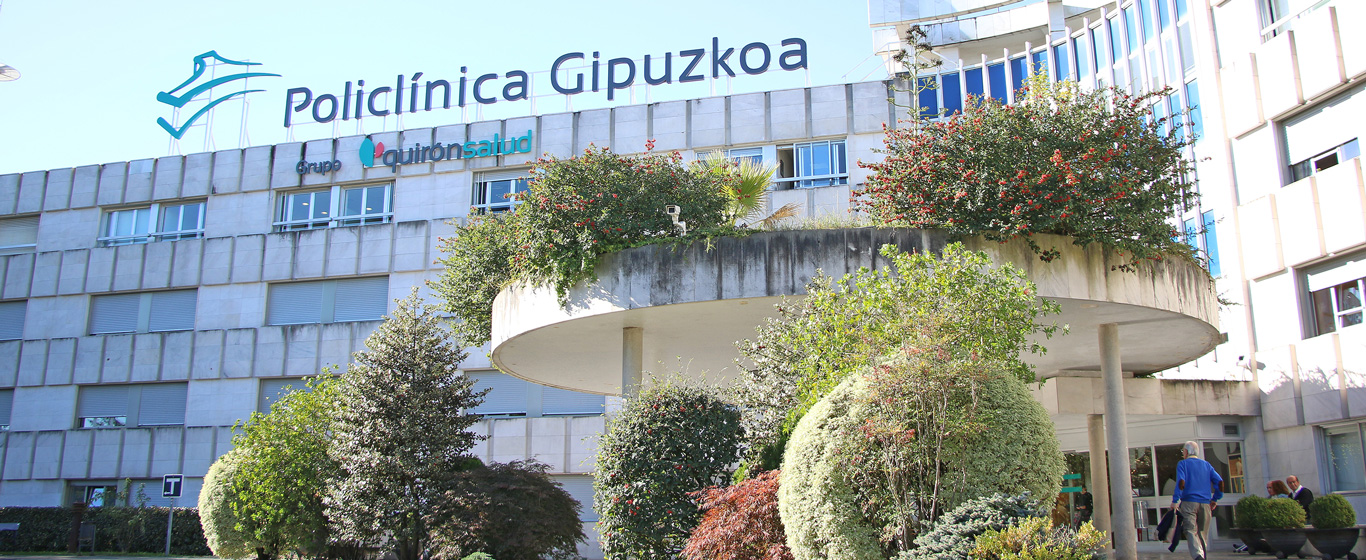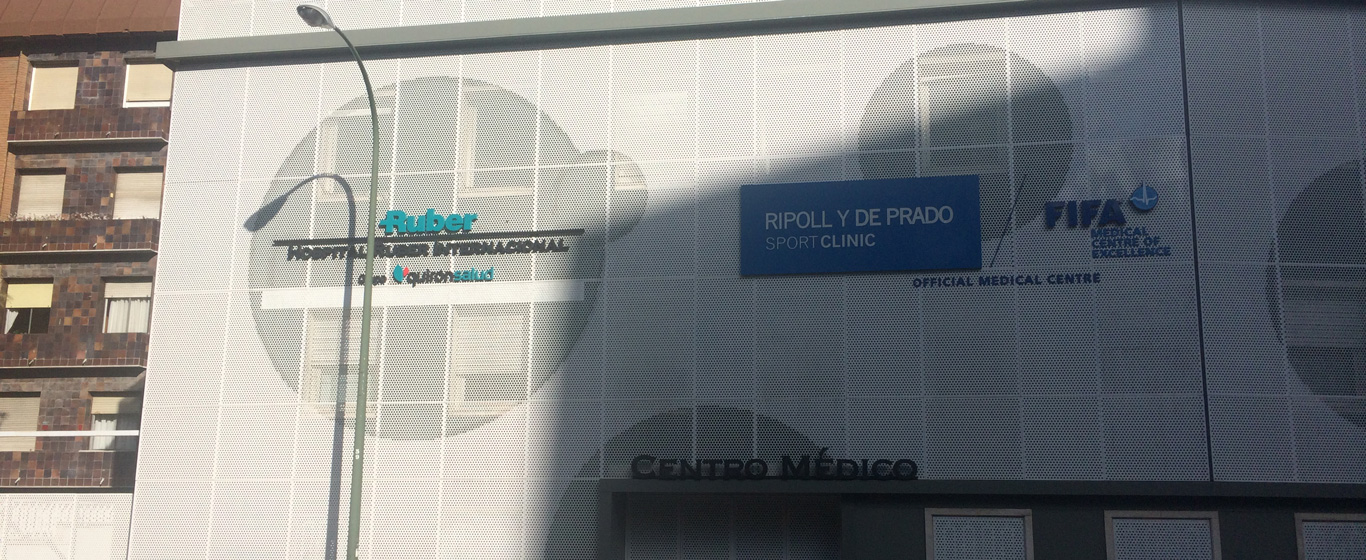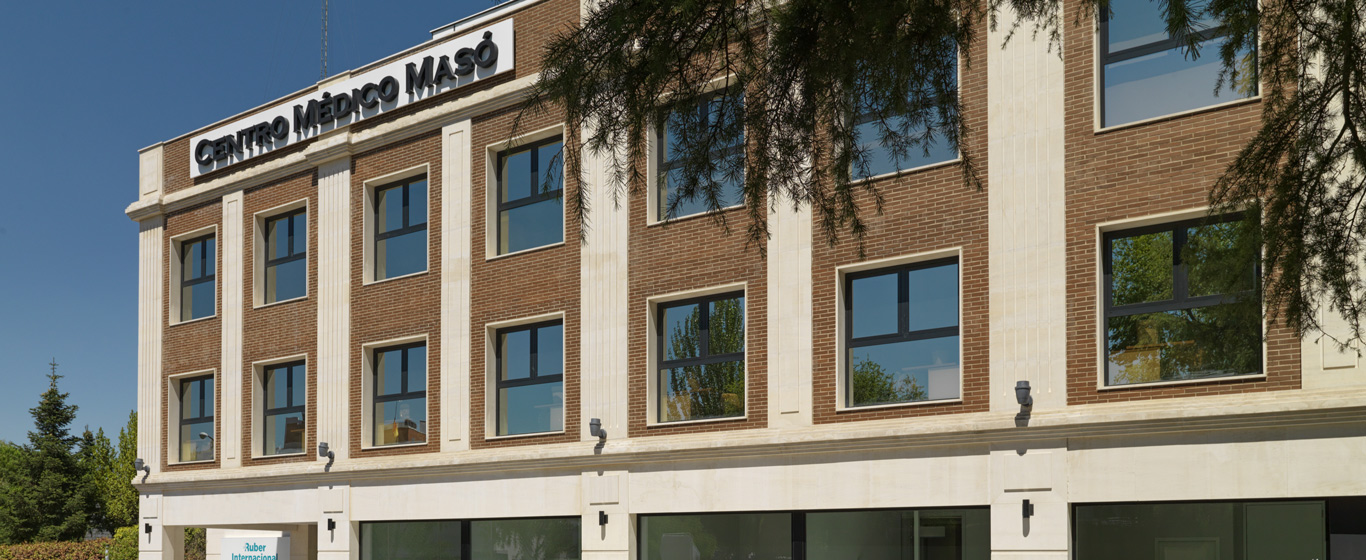Cholangiopancreatography
Cholangiopancreatography is a diagnostic method that provides images of the pancreatic and hepatobiliary systems using magnetic resonance imaging, an imaging technique that combines a magnetic field and radiofrequency waves to create detailed images of the inside of the body.

General Description
Cholangiopancreatography, or cholangiography, is a non-invasive diagnostic test that produces detailed images of the hepatobiliary and pancreatic systems (liver, bile ducts, gallbladder, pancreas, and pancreatic duct).
The images are obtained through magnetic resonance imaging (MRI), a technique that uses a magnetic field to emit radiofrequency waves, with a computer processing the received signals into images. For this reason, the test is also known as MR cholangiography or magnetic resonance cholangiography.
When is it indicated?
Cholangiopancreatography allows for the examination of the function and condition of the entire biliopancreatic pathway and helps identify any abnormalities, such as:
- Dilations or obstructions of the bile ducts.
- Gallstones (cholelithiasis).
- Inflammation of the bile ducts (cholangitis) or gallbladder (cholecystitis).
- Inflammation of the pancreas (pancreatitis).
- Cysts or tumors.
- Congenital abnormalities, such as pancreas divisum.
- Injuries or ruptures of the bile ducts due to trauma or previous surgical interventions.
How is it performed?
The MRI equipment consists of a large cylindrical tube surrounded by a circular magnet, inside which the patient must remain lying down. The magnetic field created by the magnet emits radio waves that realign the hydrogen protons in the body’s tissues. When the waves stop being emitted, the protons return to their original alignment, releasing different amounts of energy depending on the type of tissue. This energy is captured by the computer and translated into multiple high-resolution image series, showing cross-sectional views from various angles of the entire hepatobiliary and pancreatic system. The bile ducts and pancreatic duct appear very bright due to the high water content in their tissues, allowing for precise delineation of their morphology.
In some cases, secretin, a hormone that stimulates pancreatic secretion, is administered to the patient before the test. When it takes effect, it increases the amount of fluid within the ducts and, consequently, their size, improving visualization.
Risks
MRI cholangiopancreatography is a very safe method, as the magnetic field presents no risk to the patient.
However, patients who are highly anxious or suffer from claustrophobia may experience an anxiety attack due to having to remain inside the cylindrical machine for some time.
It is important to remember that the presence of metallic objects or electronic devices during the scan can be dangerous, as they may be attracted by the magnetic field, causing burns or being propelled and potentially striking the patient.
What to expect from a cholangiopancreatography
Before entering the radiology room, the patient must remove all clothing, wear the provided gown, and take off any metallic objects or electronic devices. Once in the room, the patient lies on their back on the examination table, which slides into the MRI machine. Straps or supports may be used to keep the patient still, as movement affects image quality. The specialist technician remains in a separate room but can communicate with the patient via an intercom.
Patients with claustrophobia or anxiety may require a sedative.
When the image sequences are being obtained, the magnet produces loud, repetitive noises, such as thumping, clicking, or beeping sounds, which may be bothersome. Therefore, earplugs or headphones are provided to minimize the noise.
The procedure is completely painless and lasts between 30 and 45 minutes. Once completed, the patient can resume their normal daily activities without the need for special aftercare. However, if a sedative was administered, a short recovery period may be necessary.
Specialties that request cholangiopancreatography
Cholangiopancreatography is requested in the digestive system medicine unit, which includes the specialties of hepatology and gastroenterology.
How to prepare
Cholangiopancreatography does not require special preparation. However, it is necessary to attend the test without metallic objects or electronic devices, such as glasses, jewelry, orthodontic appliances, removable dental prostheses, or mobile phones. Likewise, the patient should inform the physician of the presence of any foreign objects or medical implants in their body, as these could be attracted by the magnet, interfere with the imaging, or have their function altered, in which case the MRI may be contraindicated. These objects include:
- Cochlear implants.
- Vascular coils or stents.
- Pacemakers or defibrillators, especially older models.
- Deep brain stimulators.
- Insulin pumps.
- Metal clips.
- Artificial heart valves.
- Screws, plates, rods, or joint prostheses.
- Intrauterine devices (IUDs).
- Bullets, shrapnel, or metallic fragments.
- Tattoos with metal-based ink.




